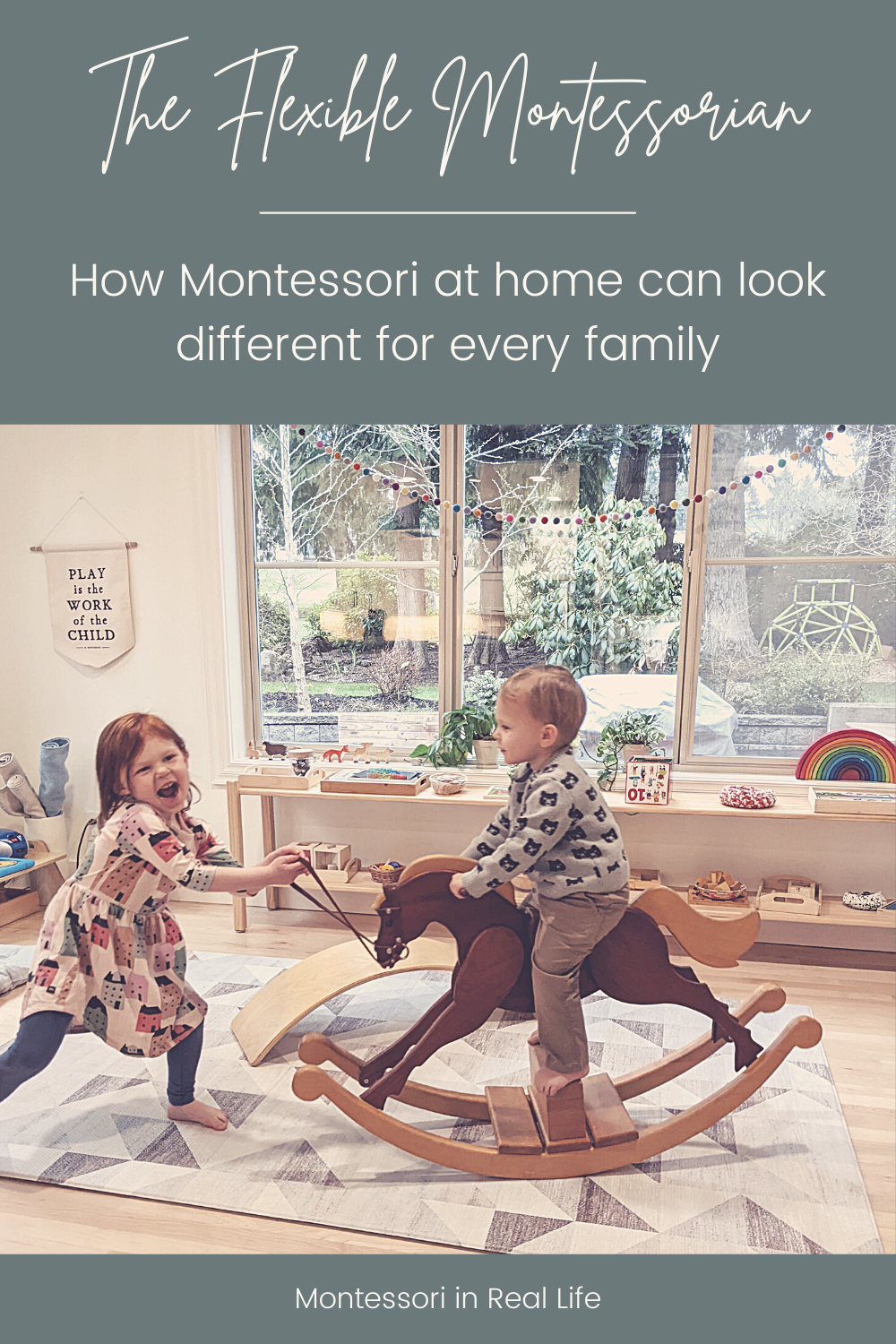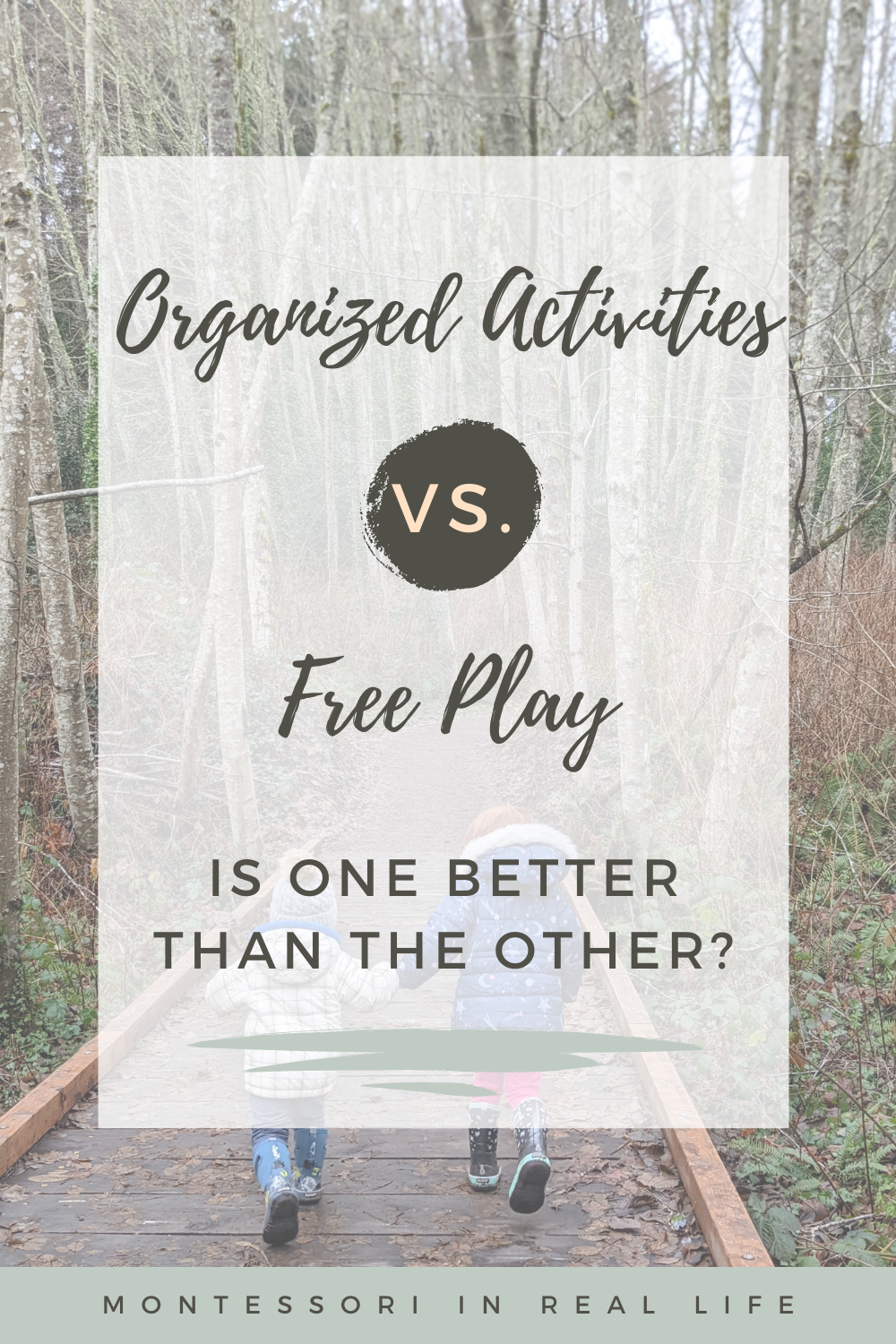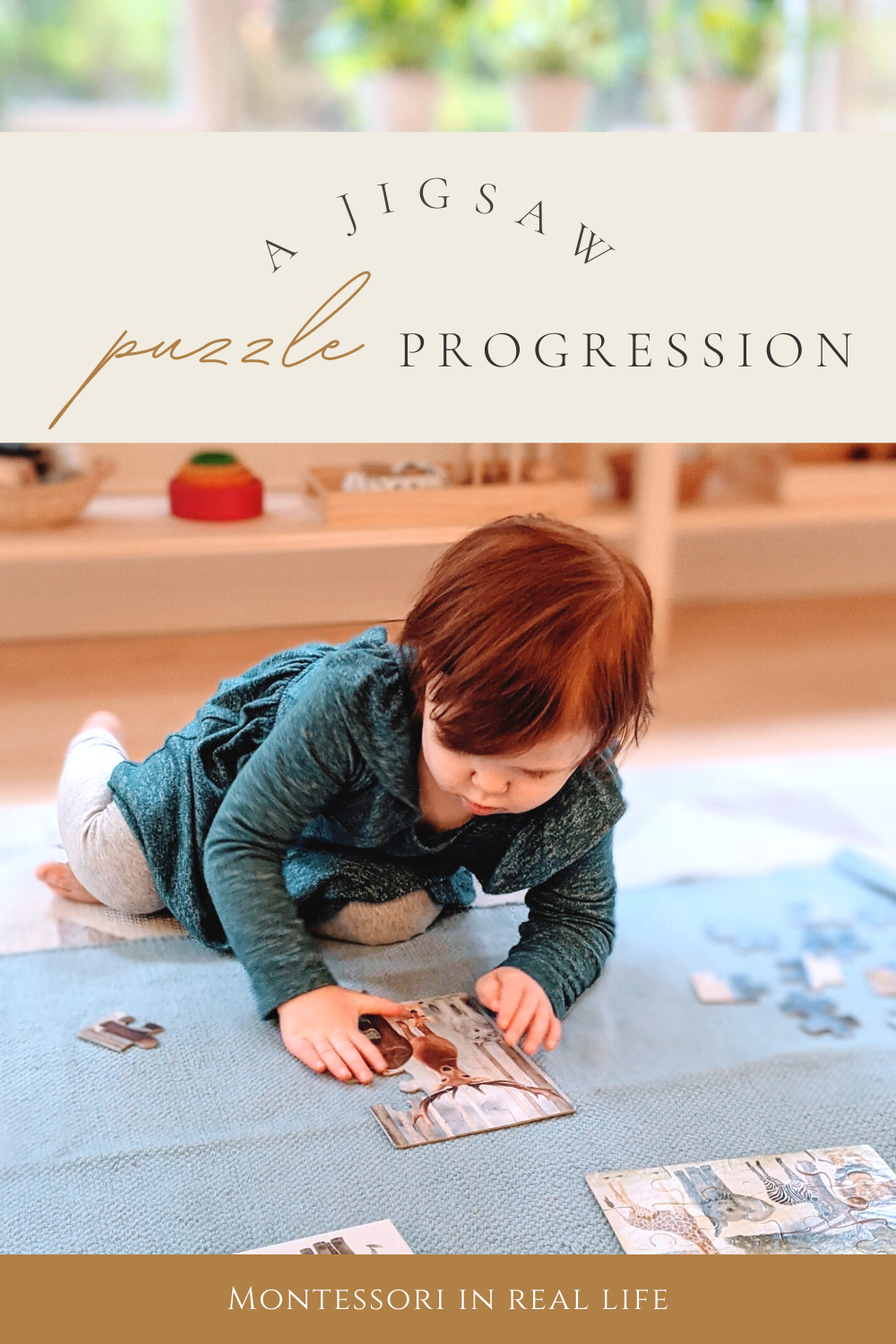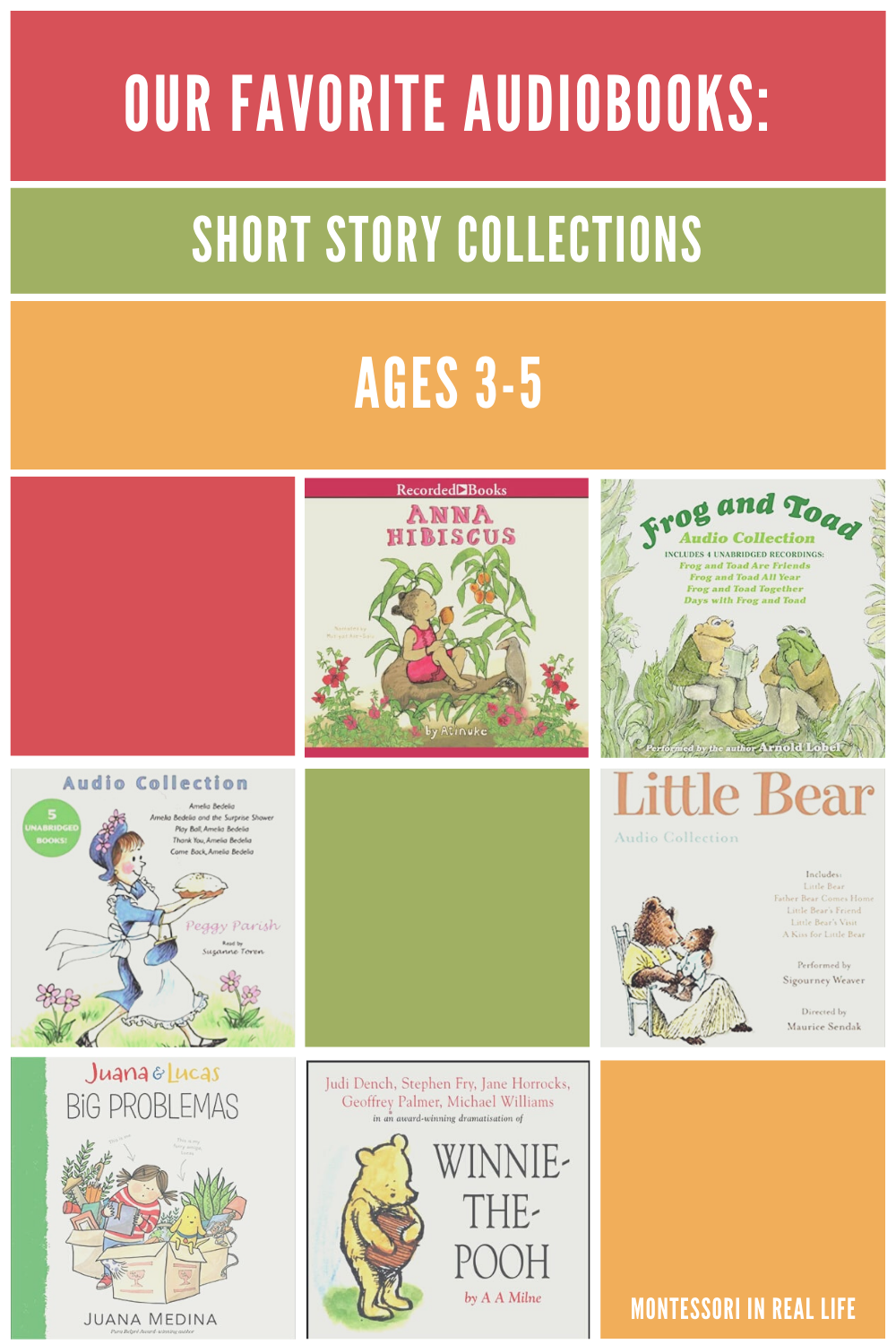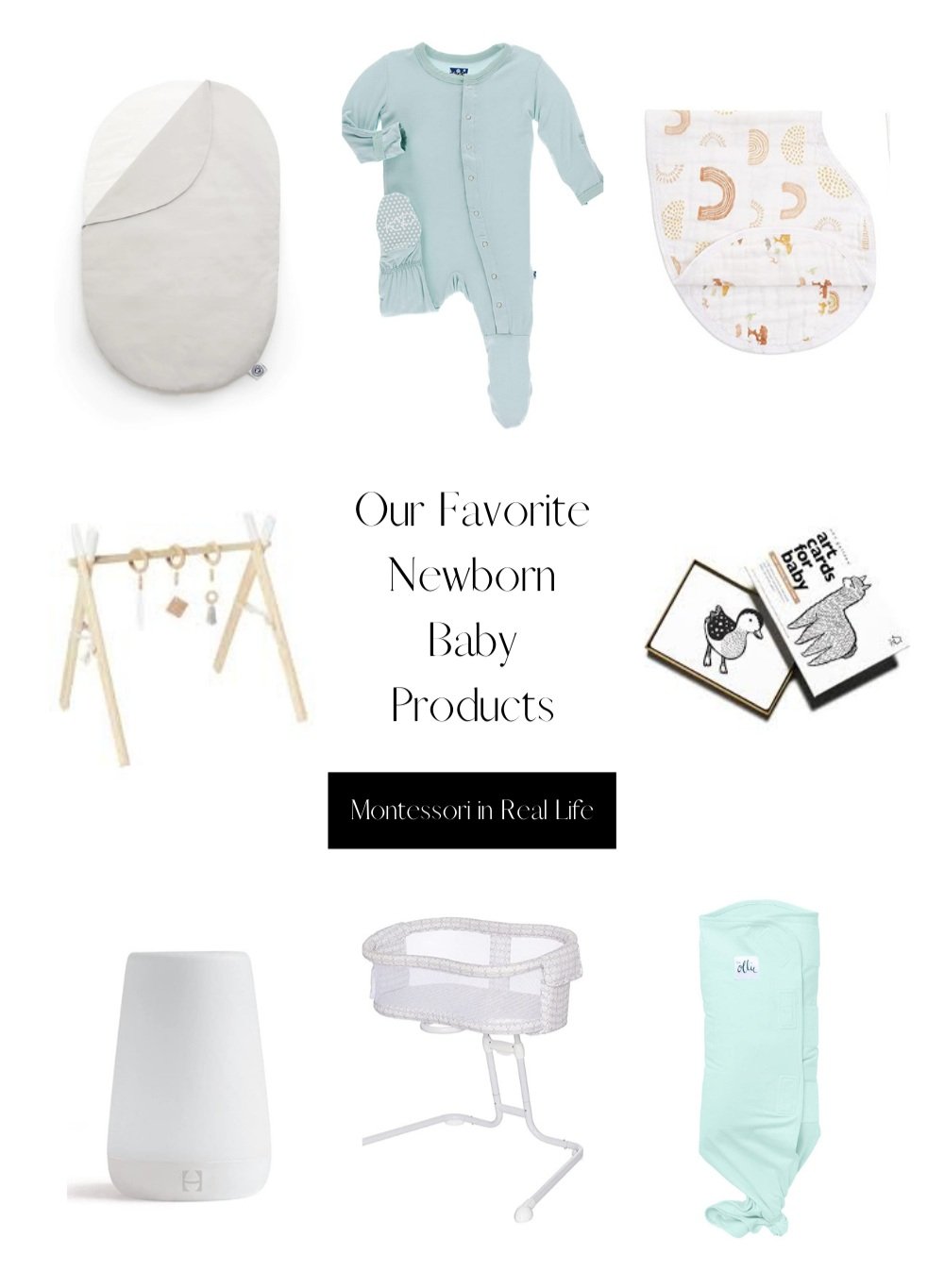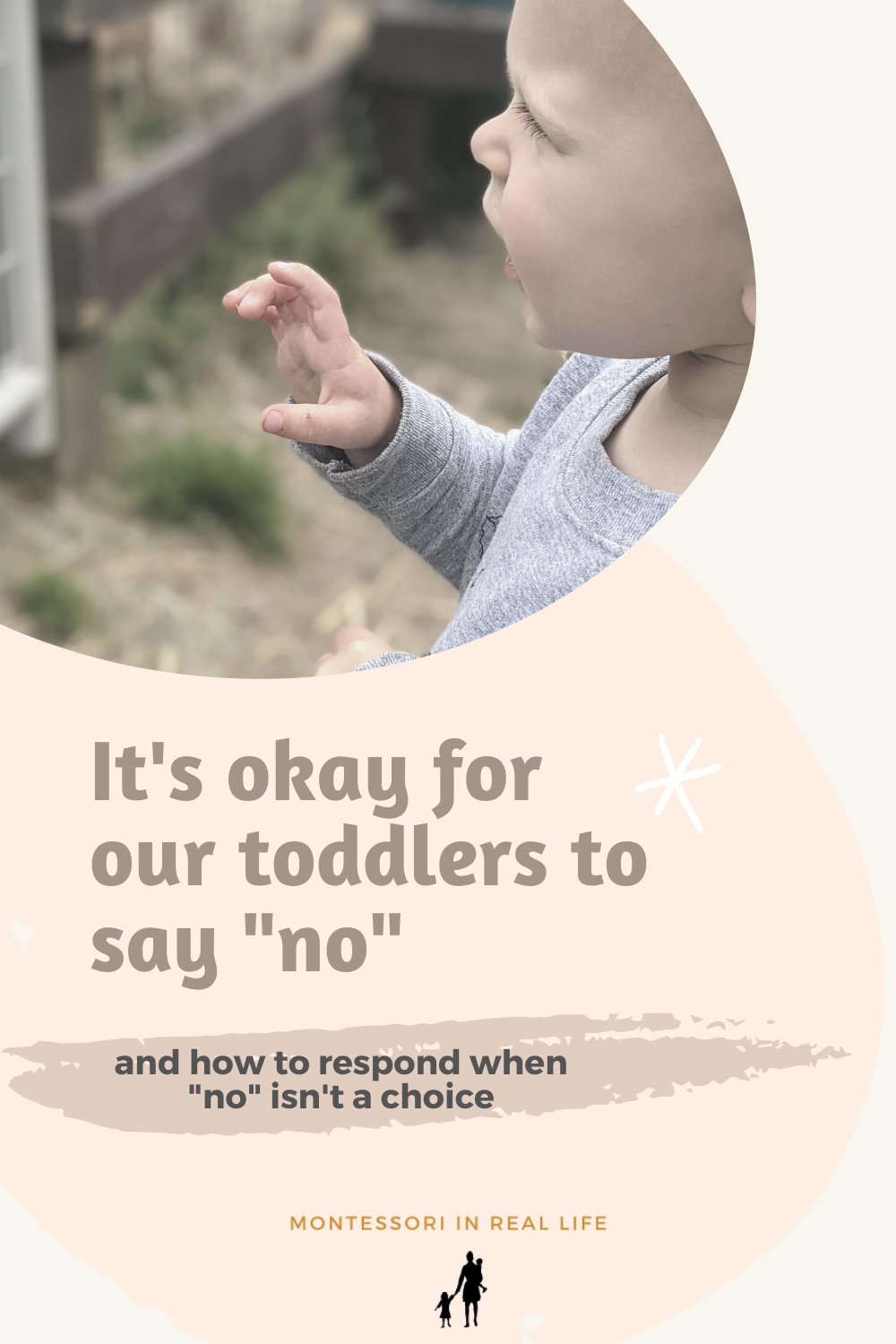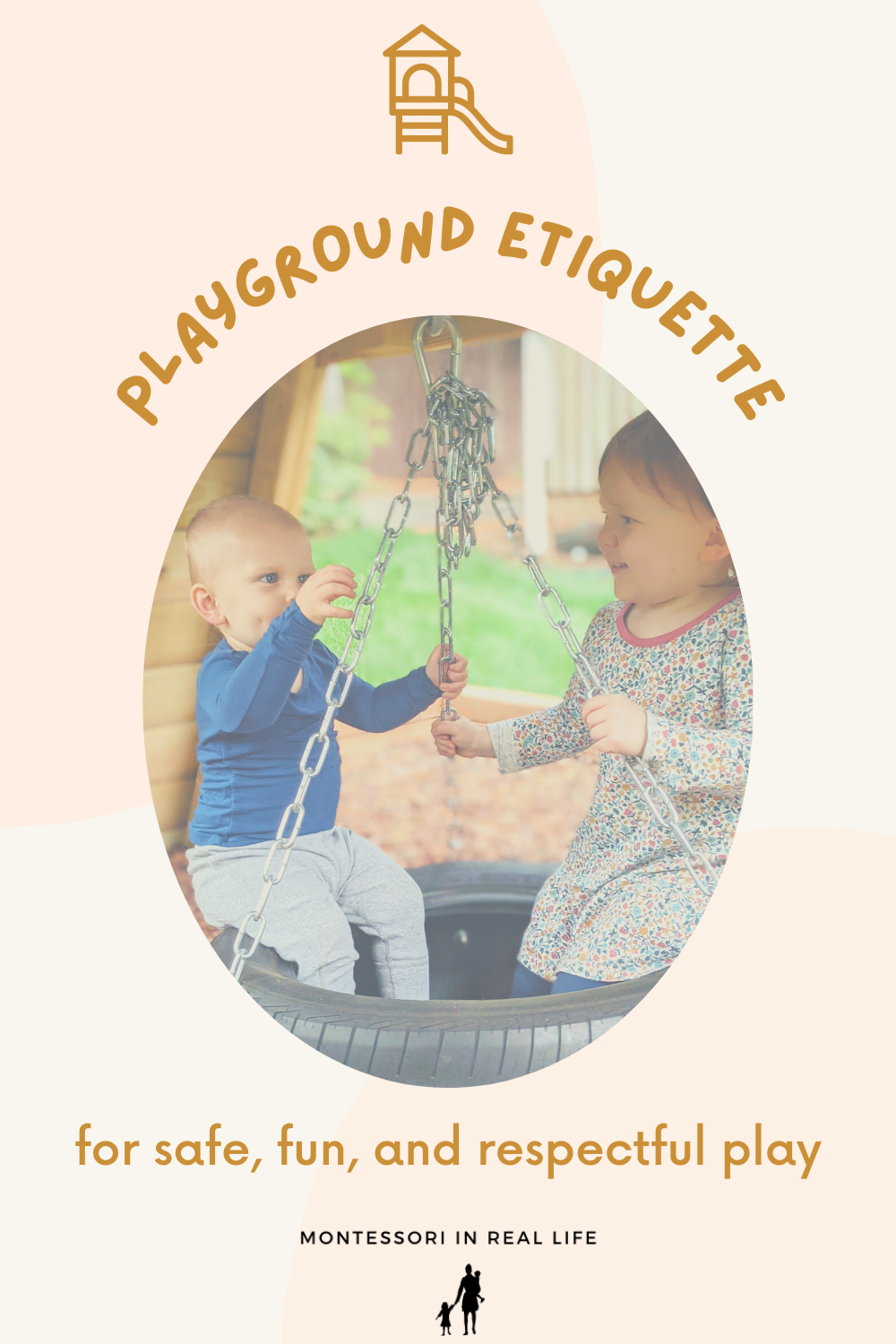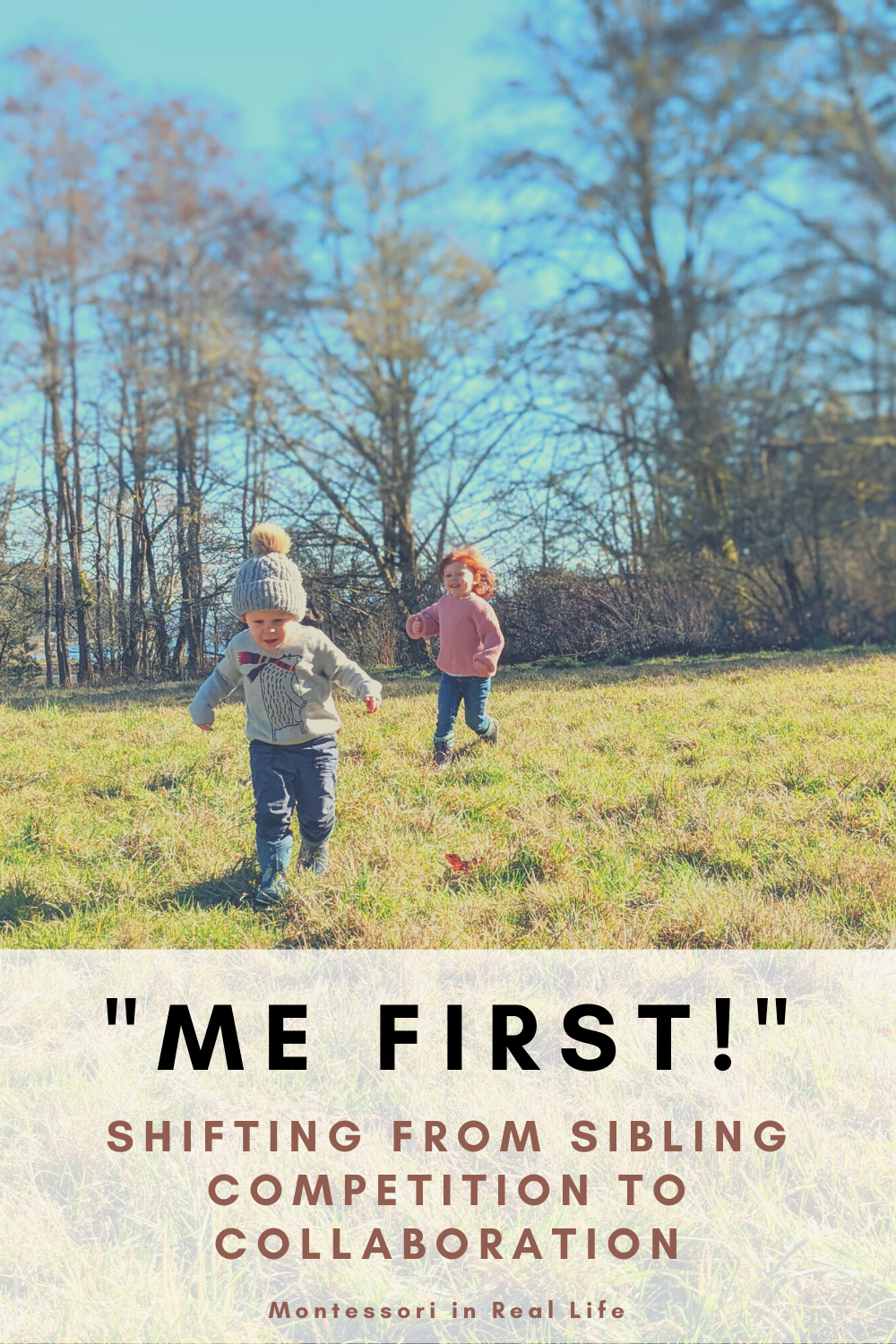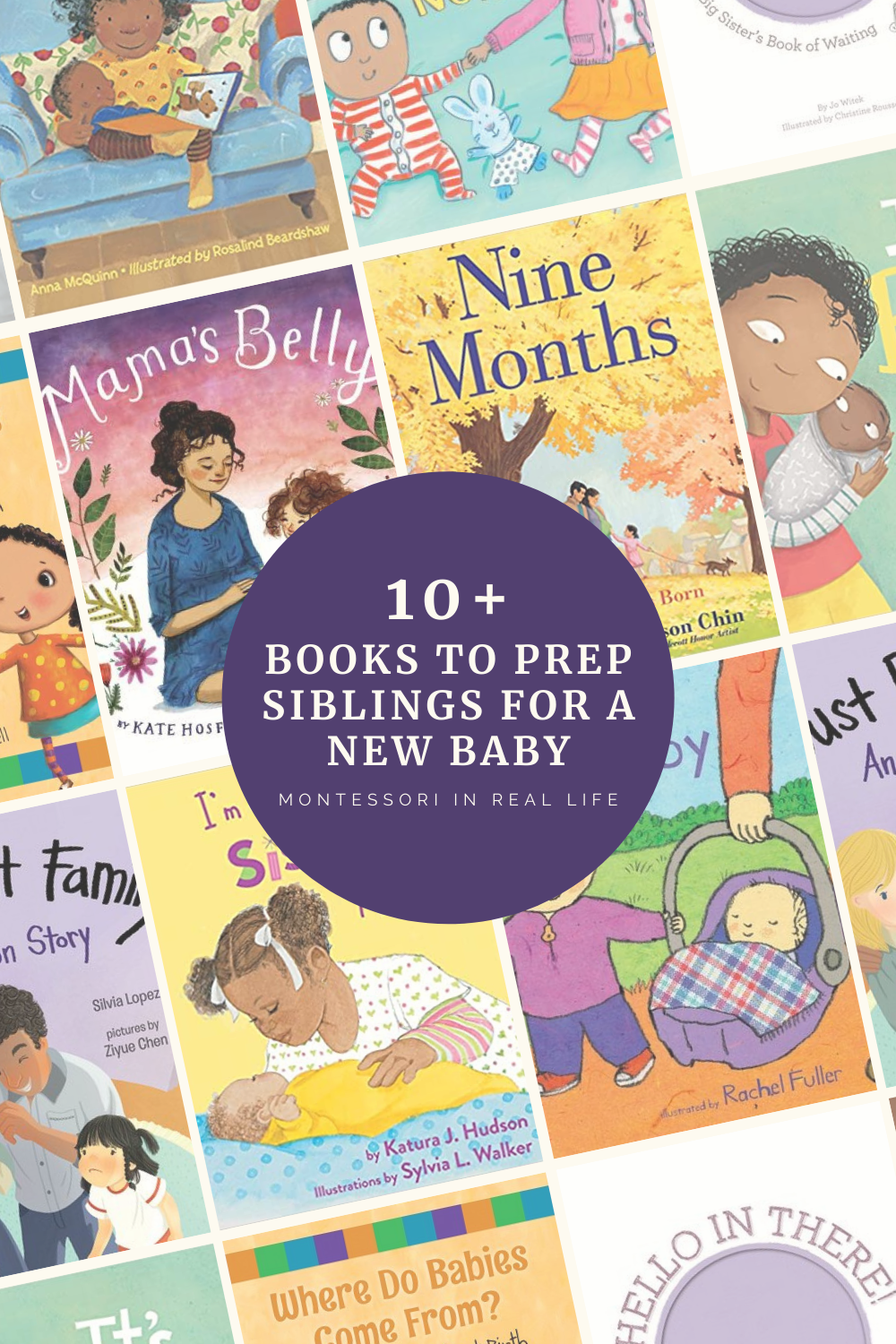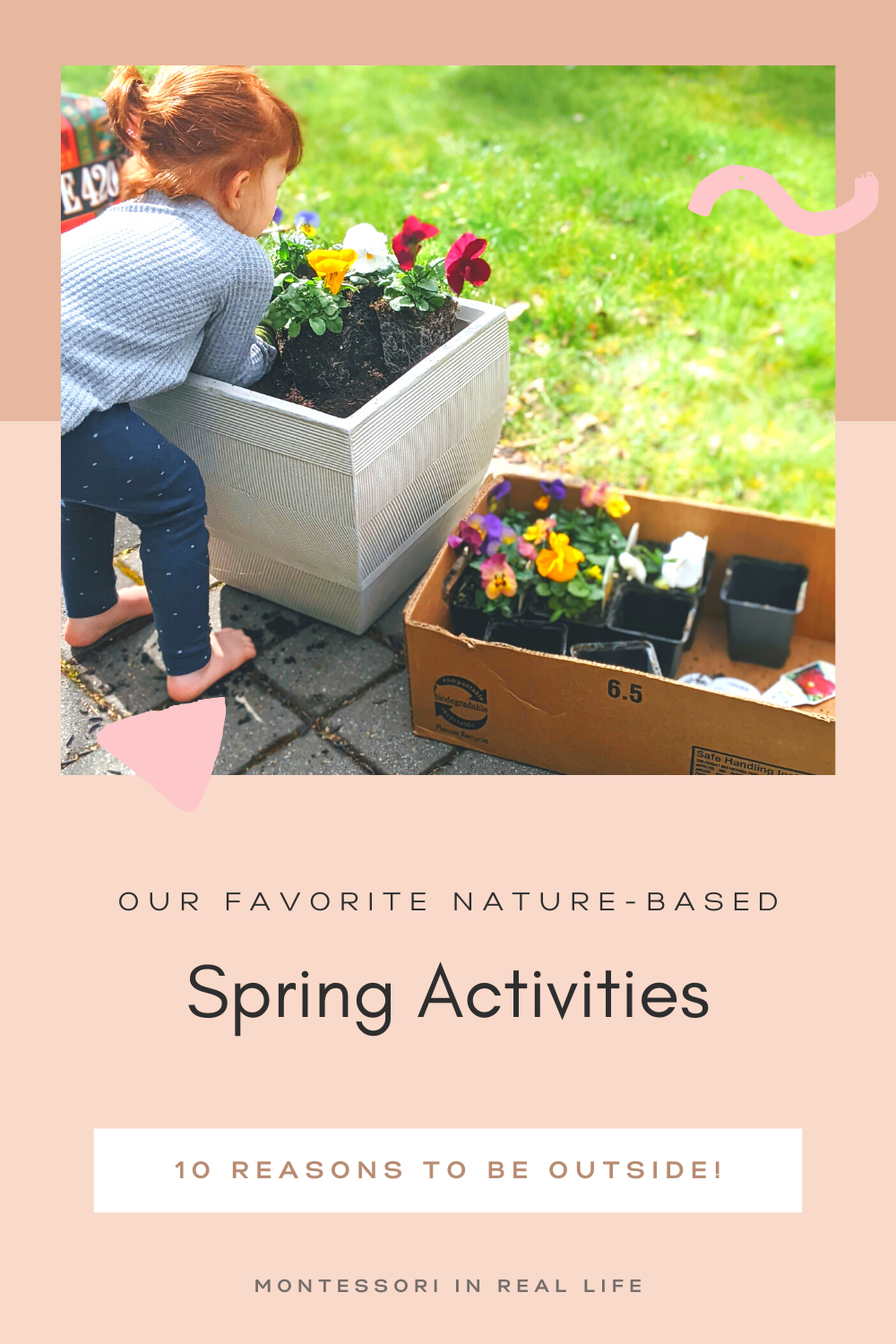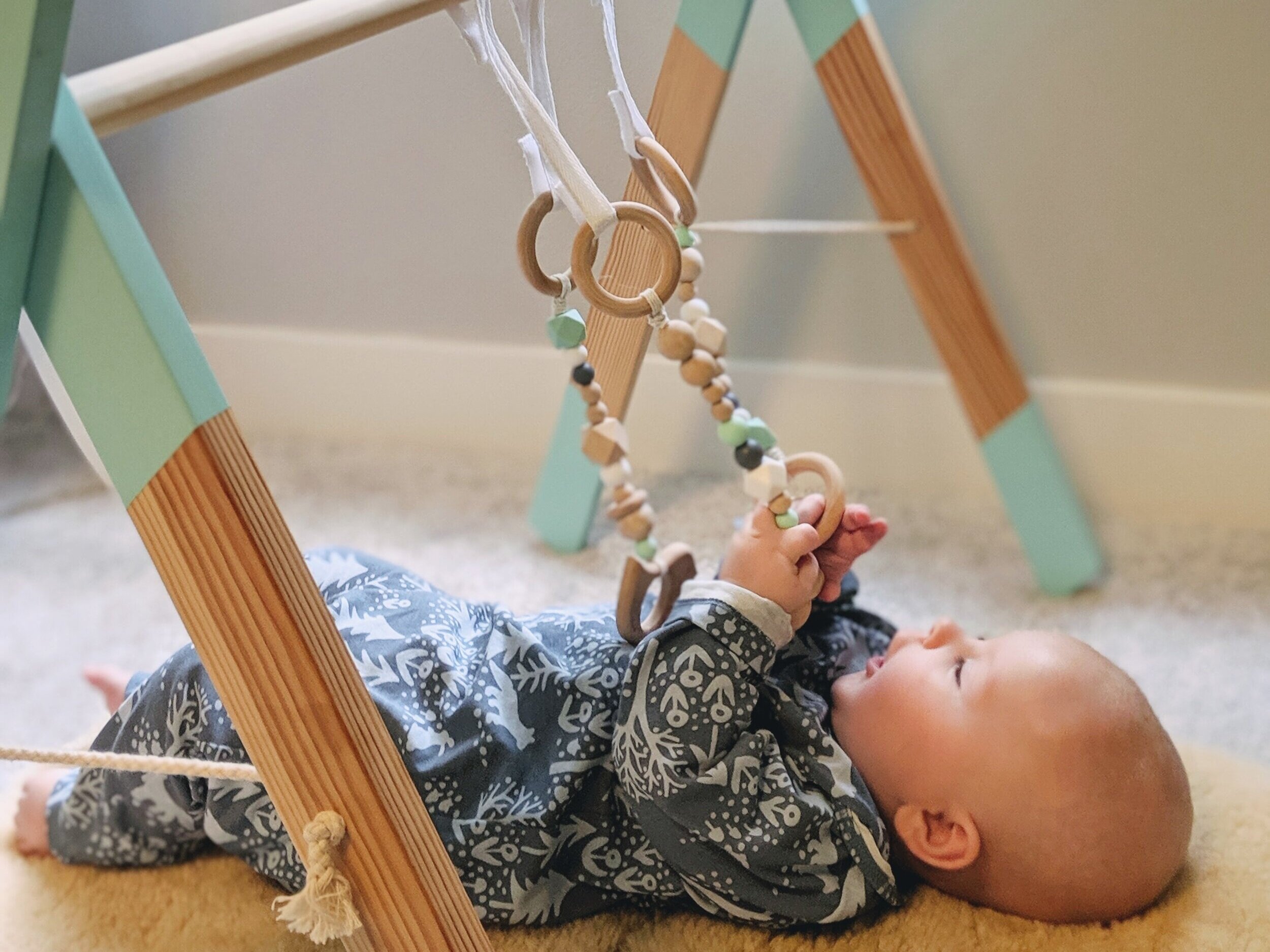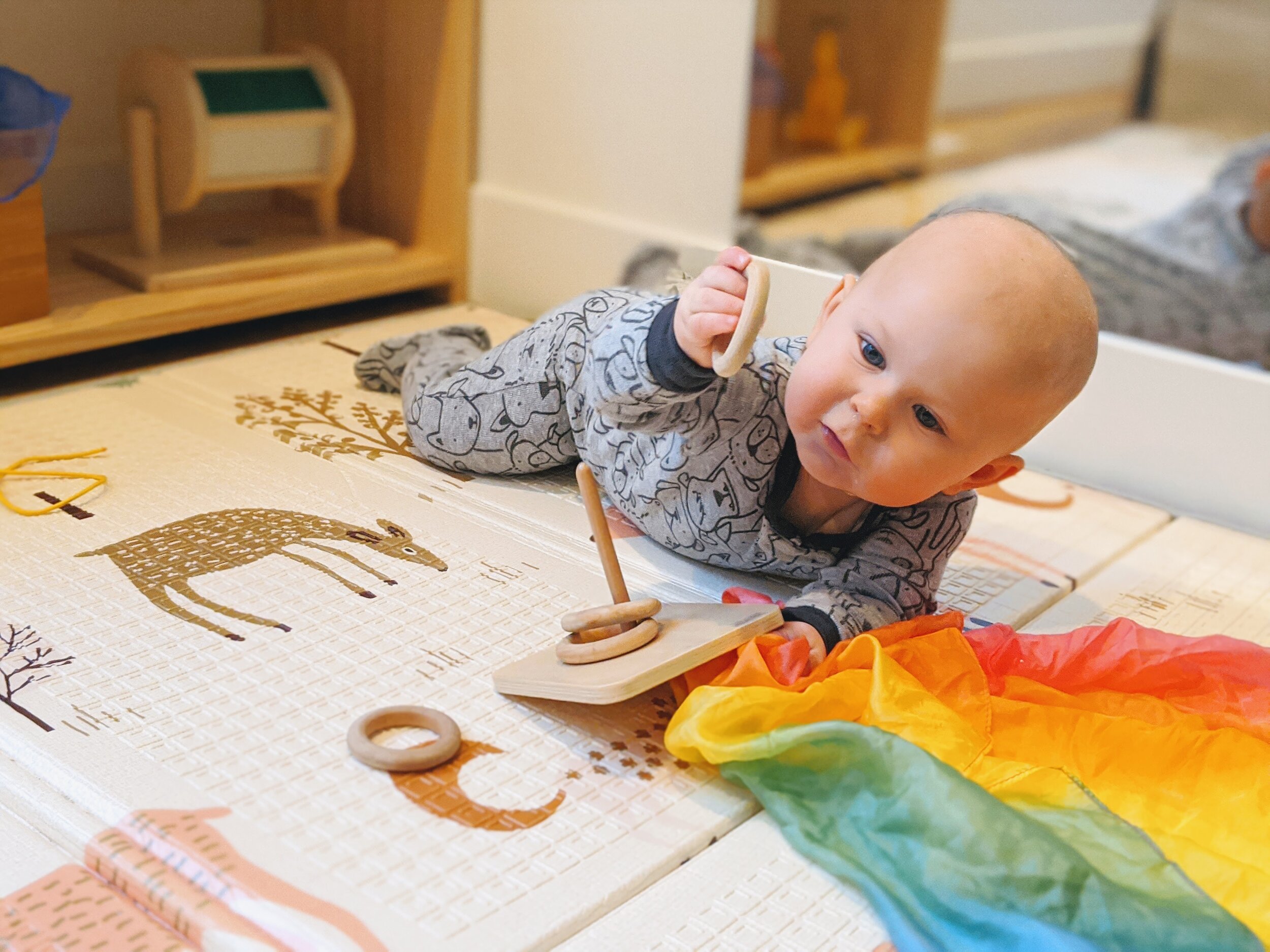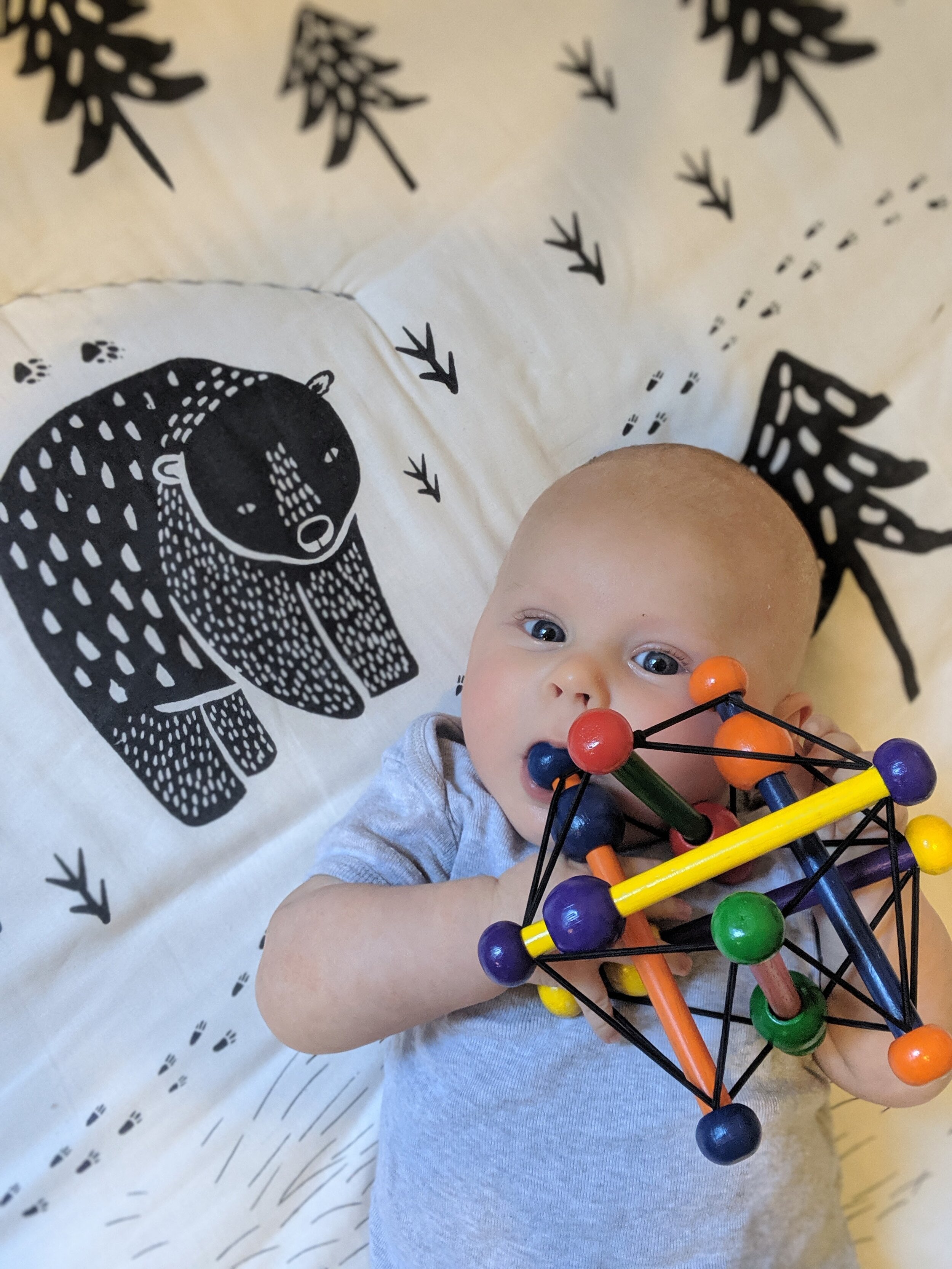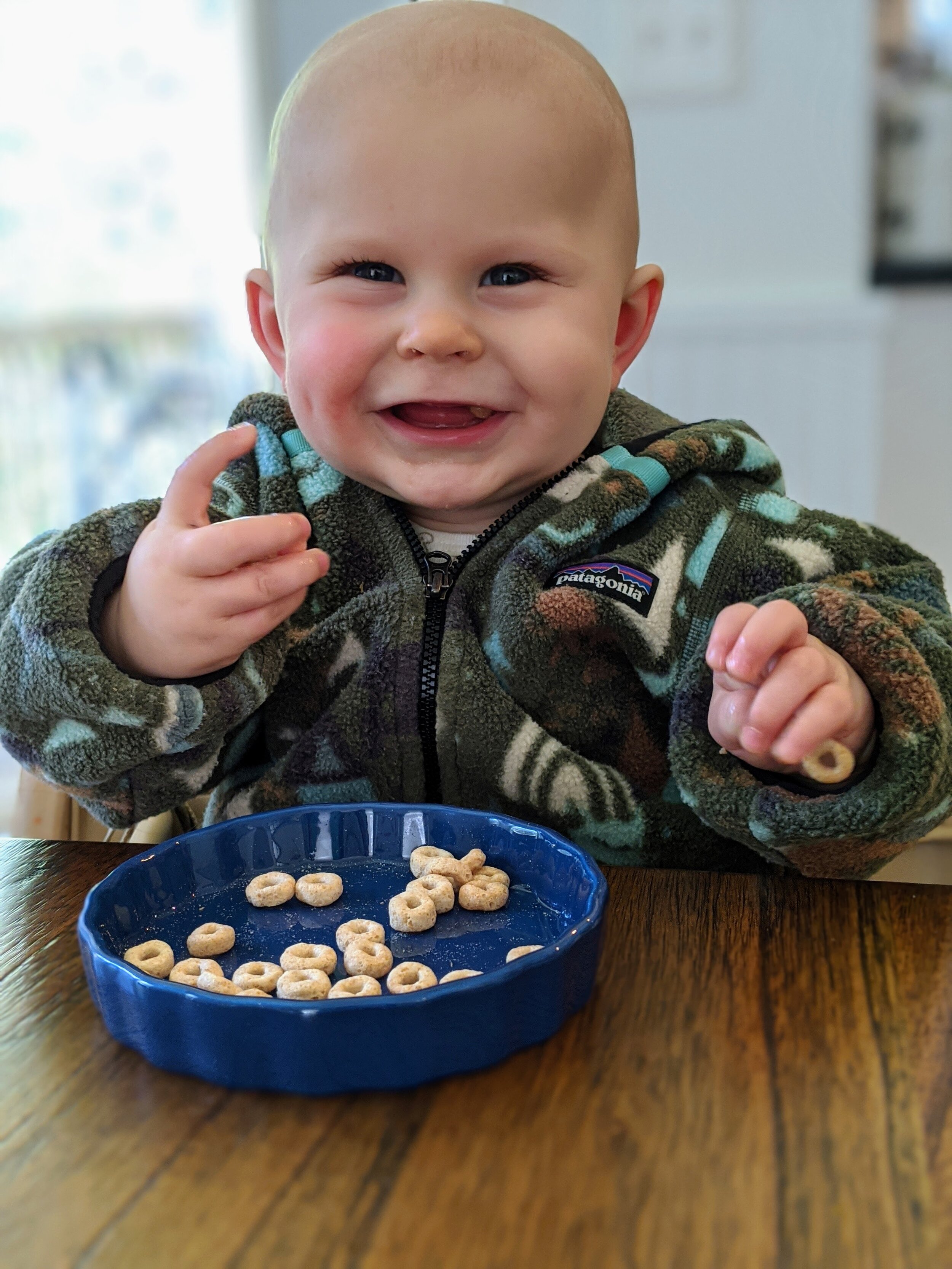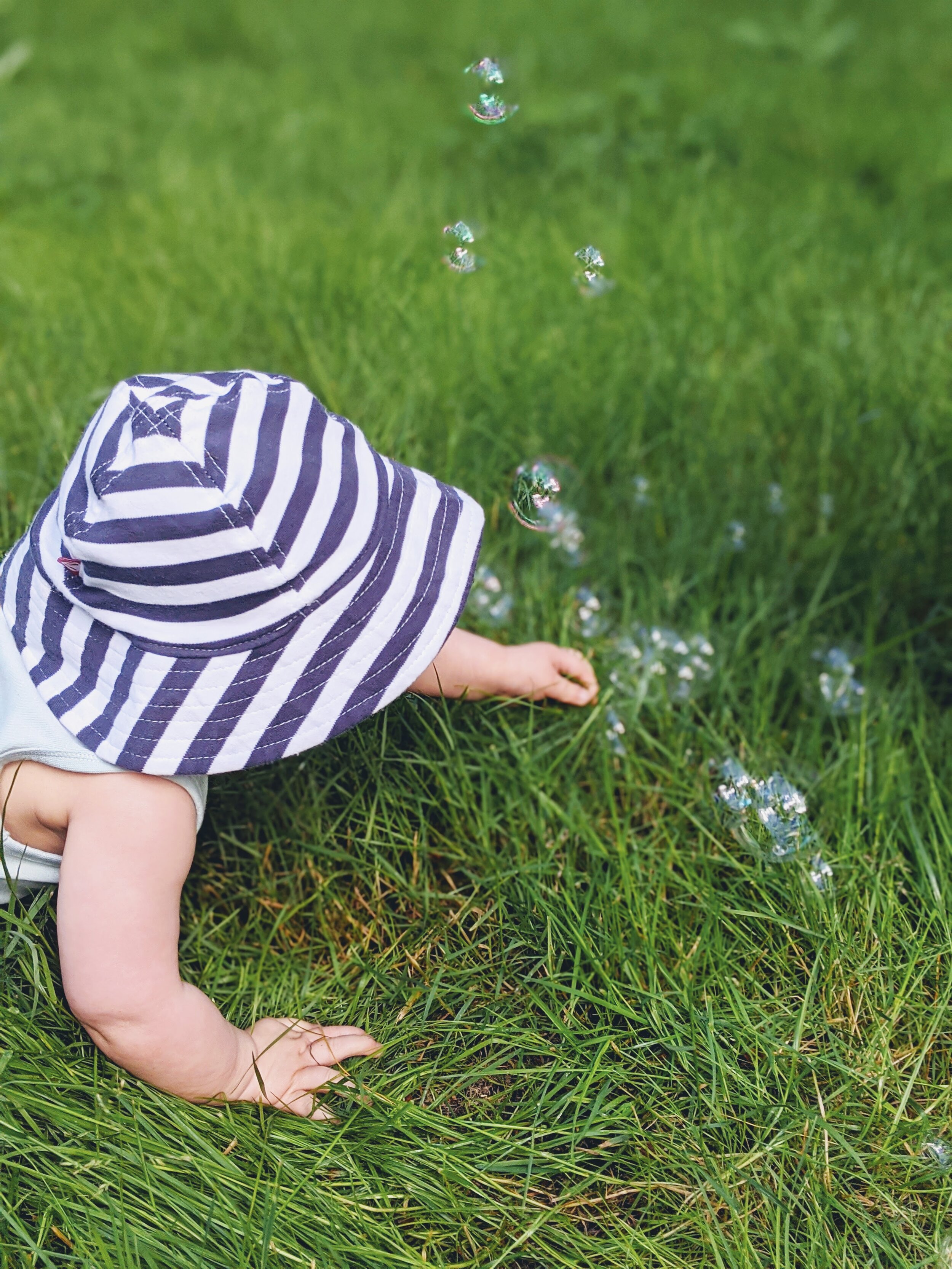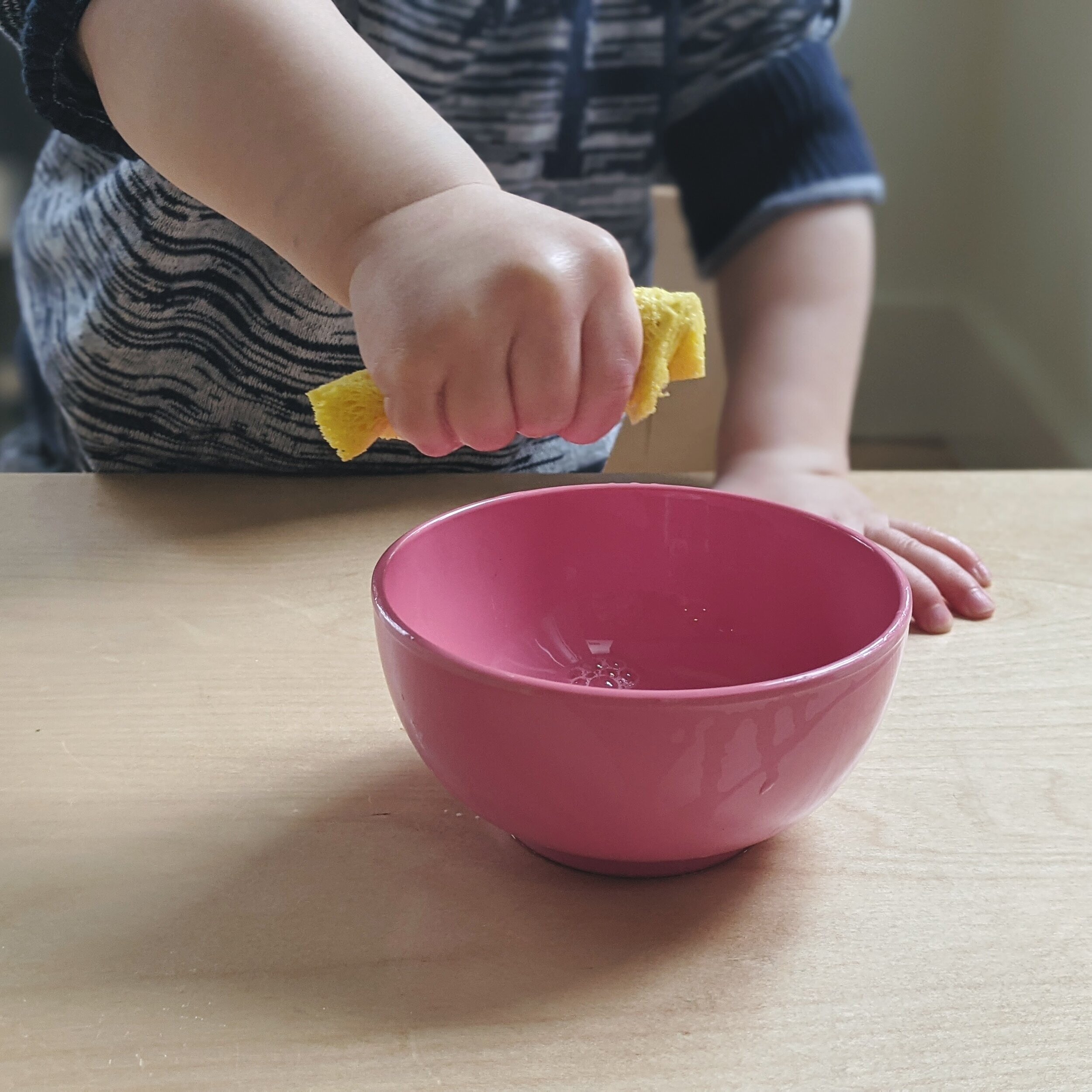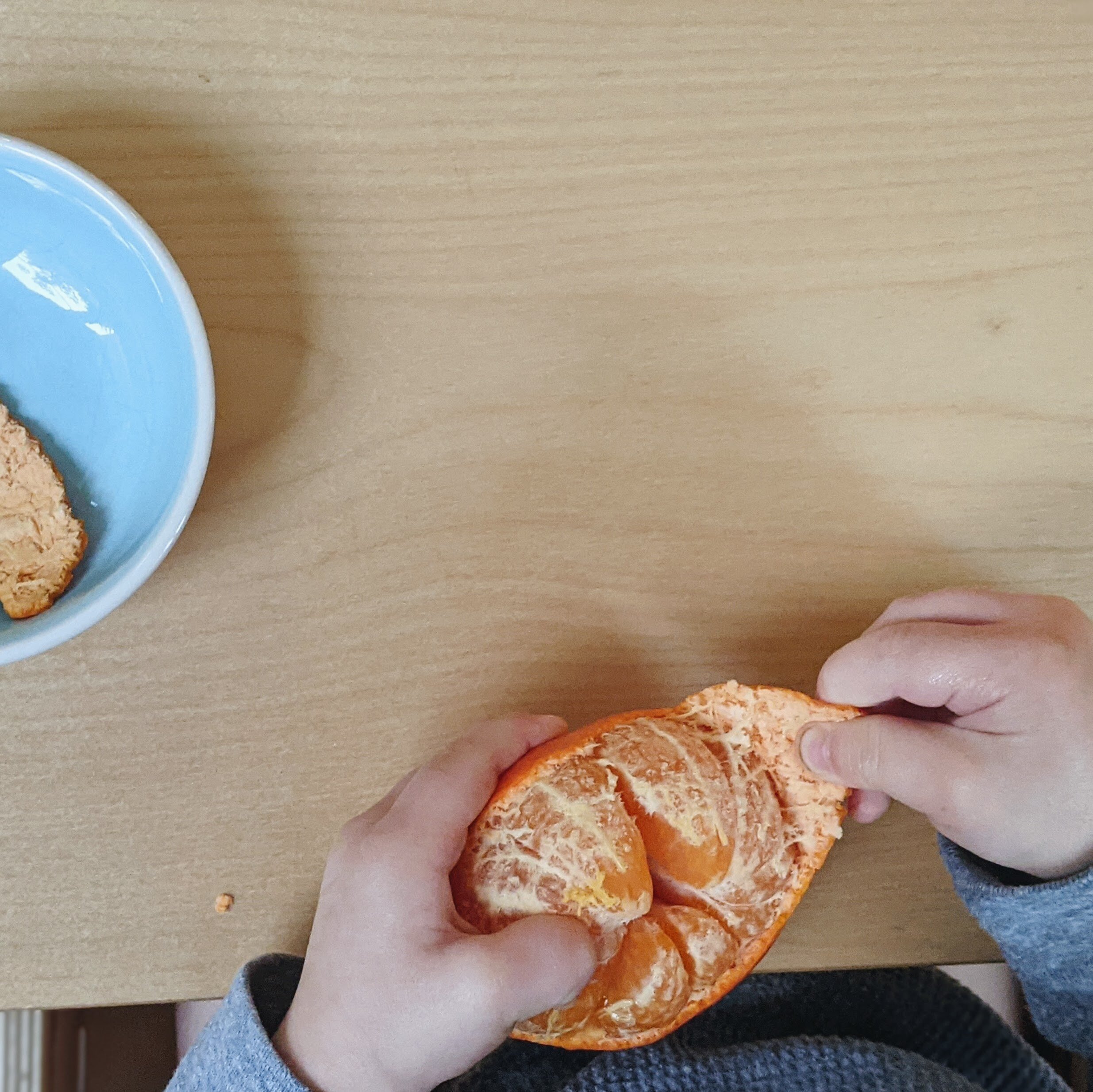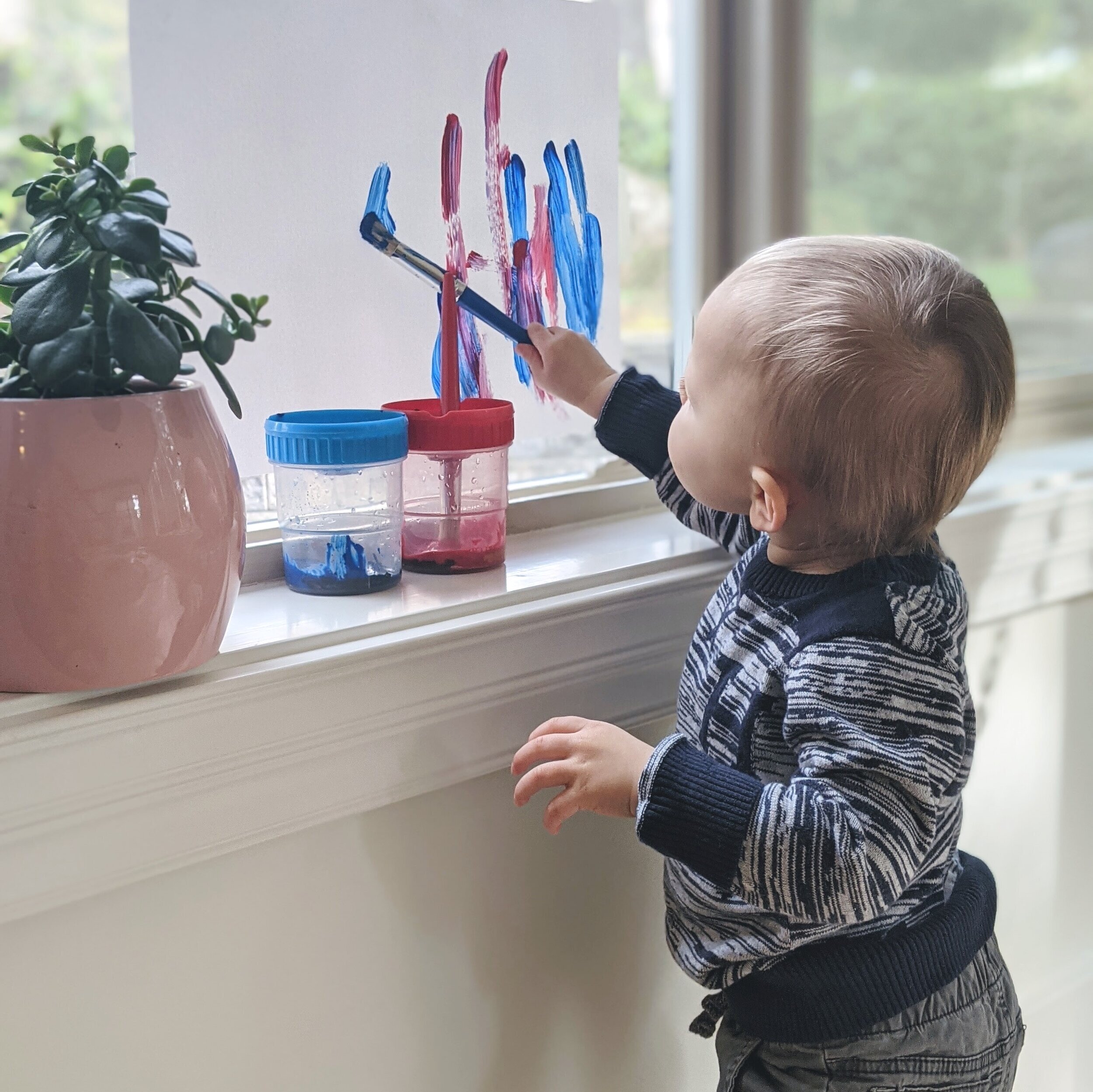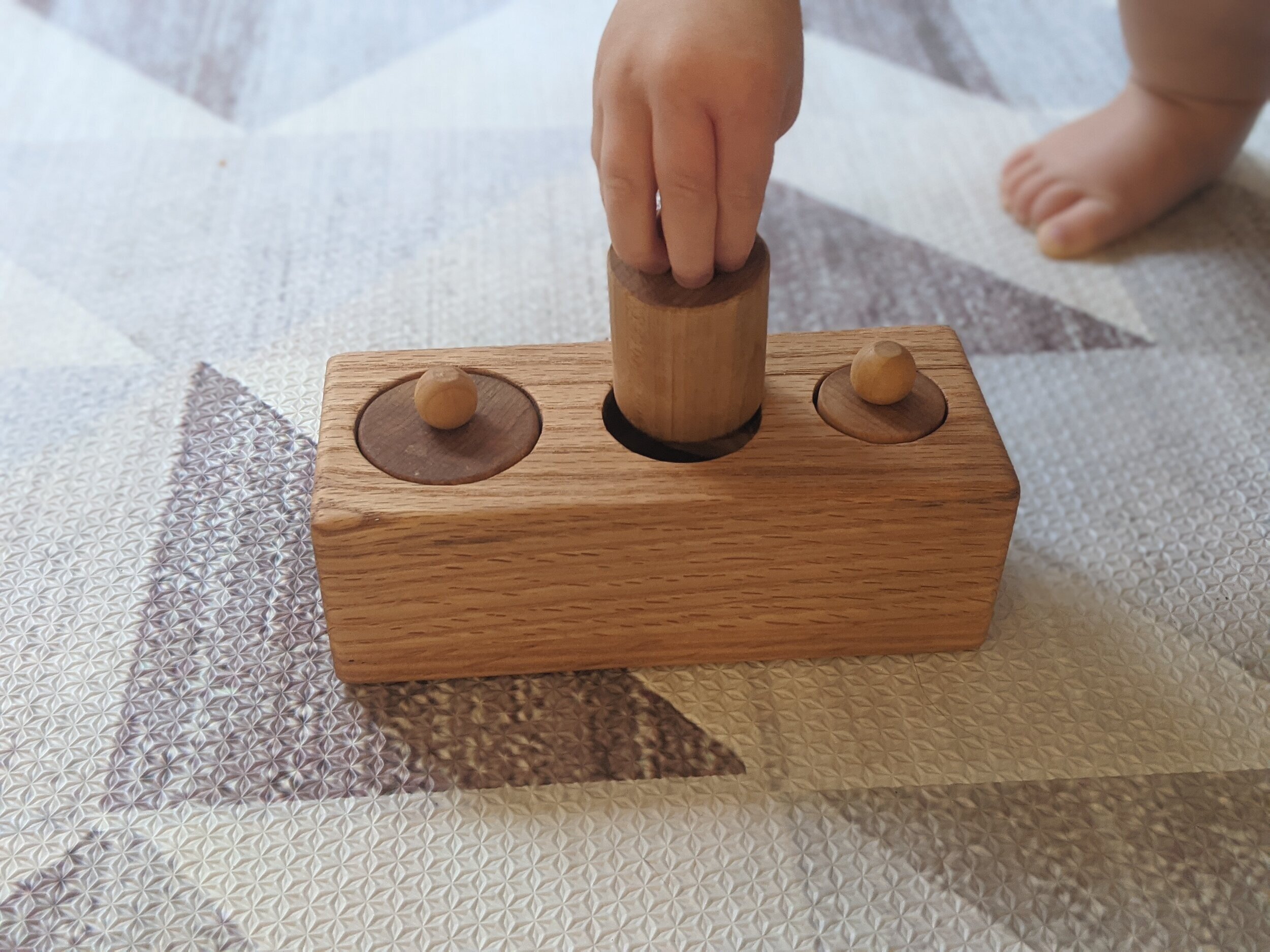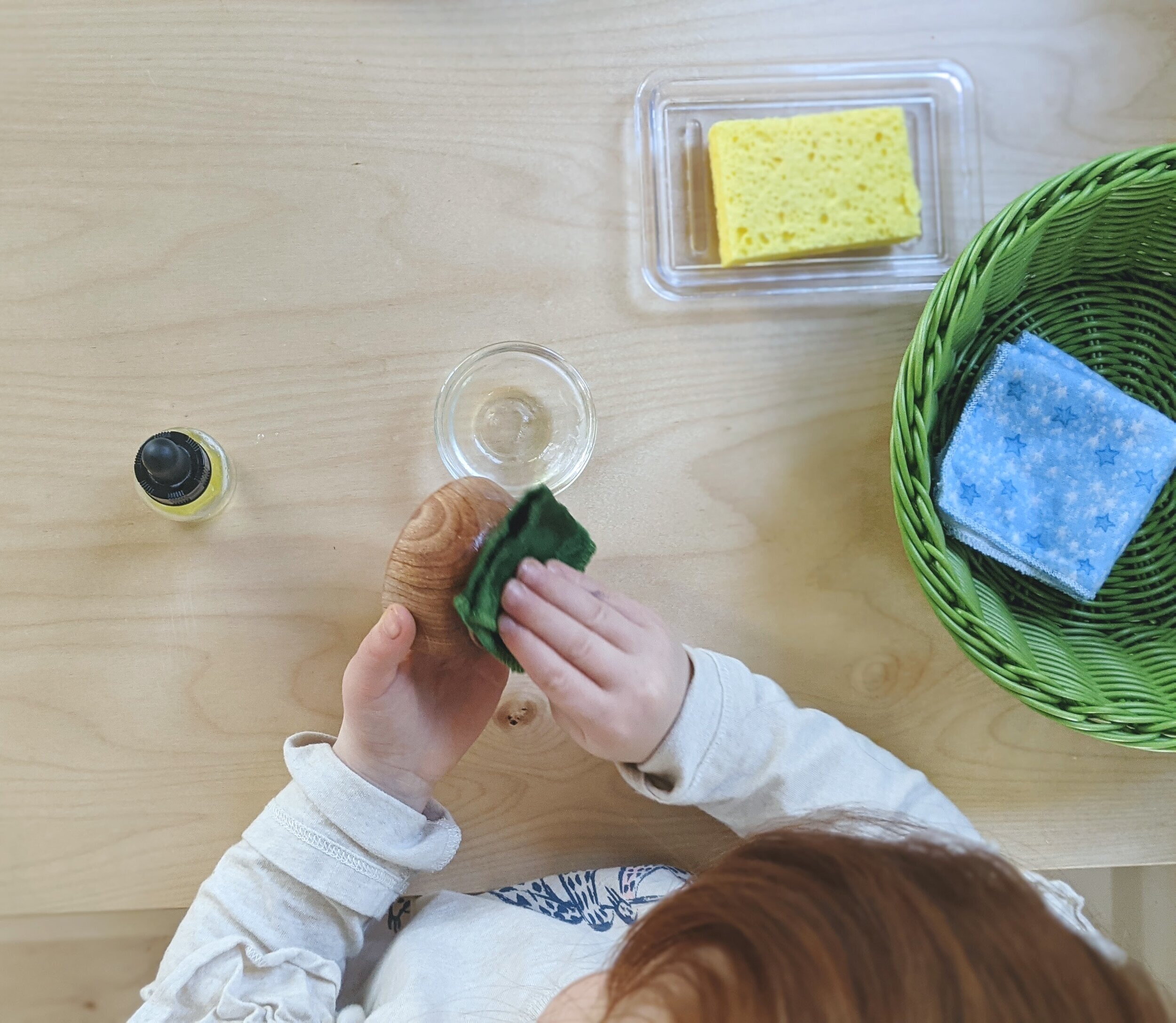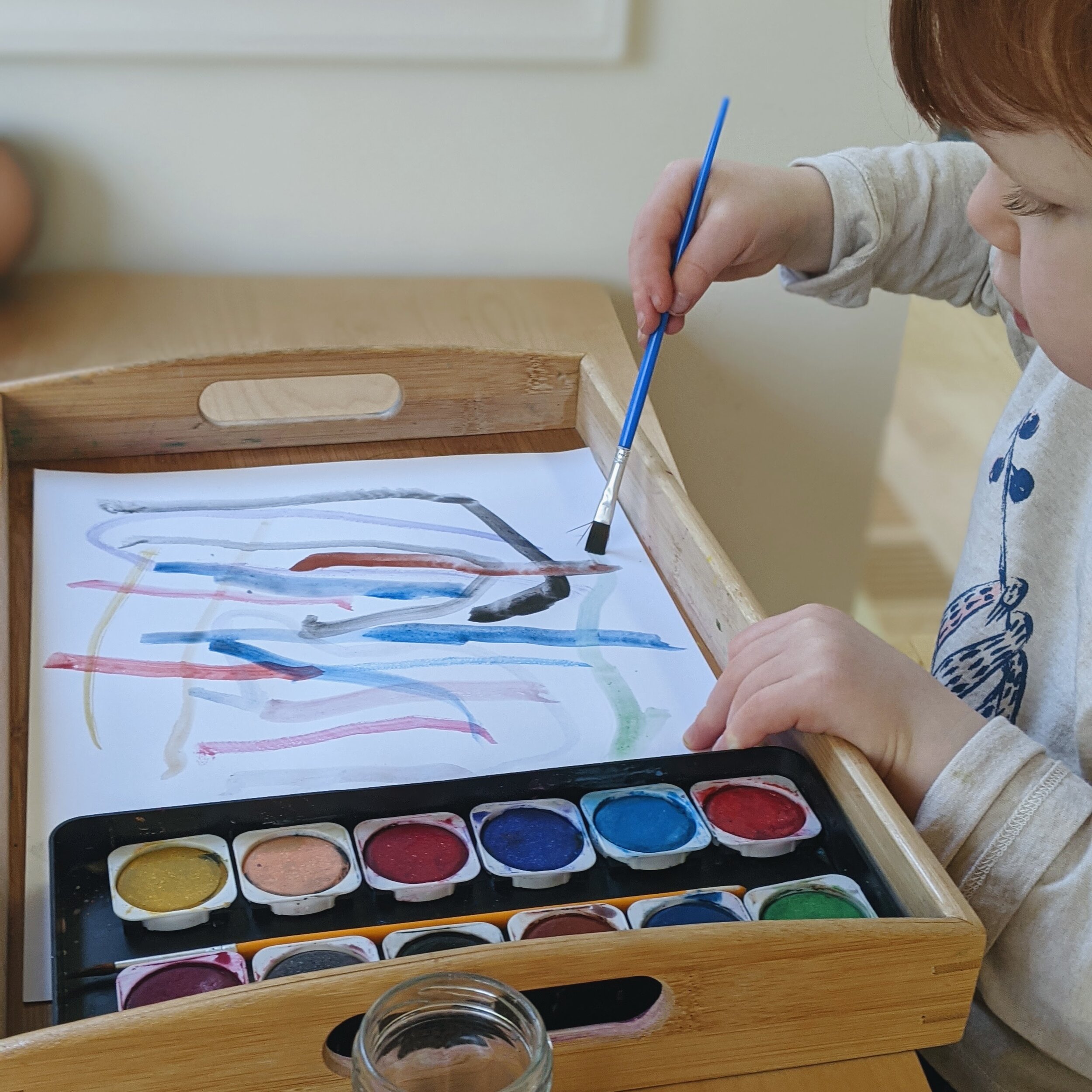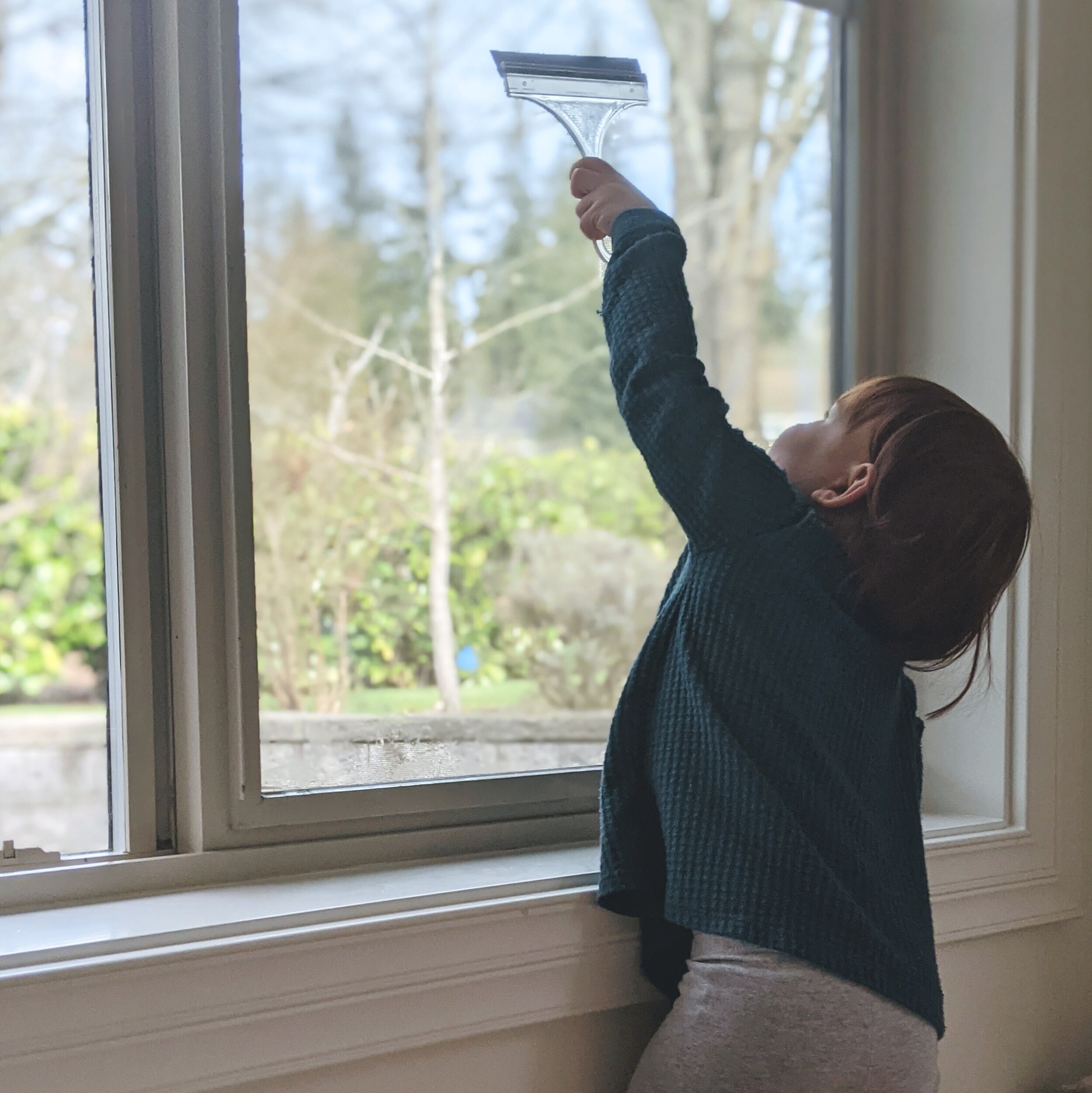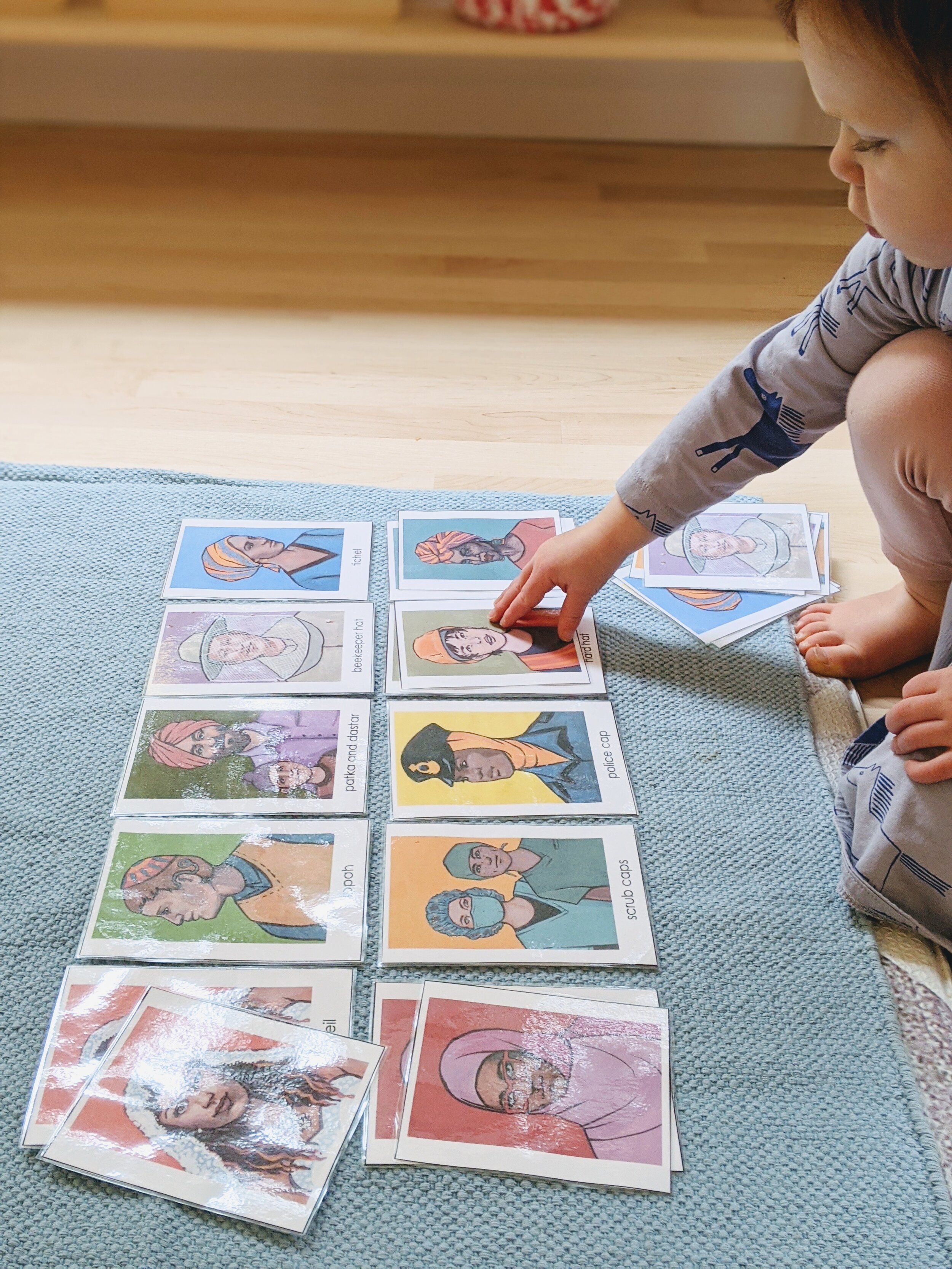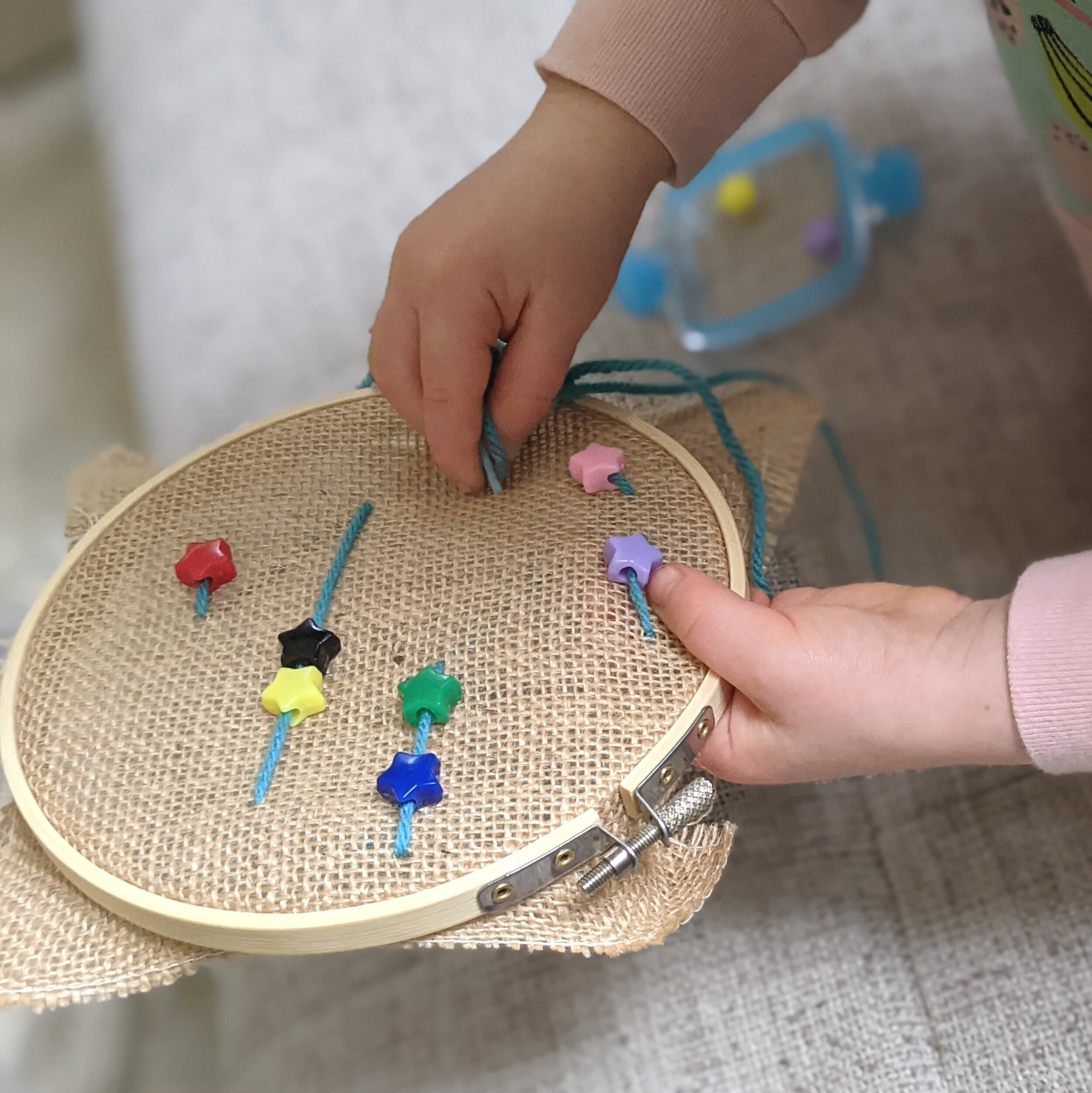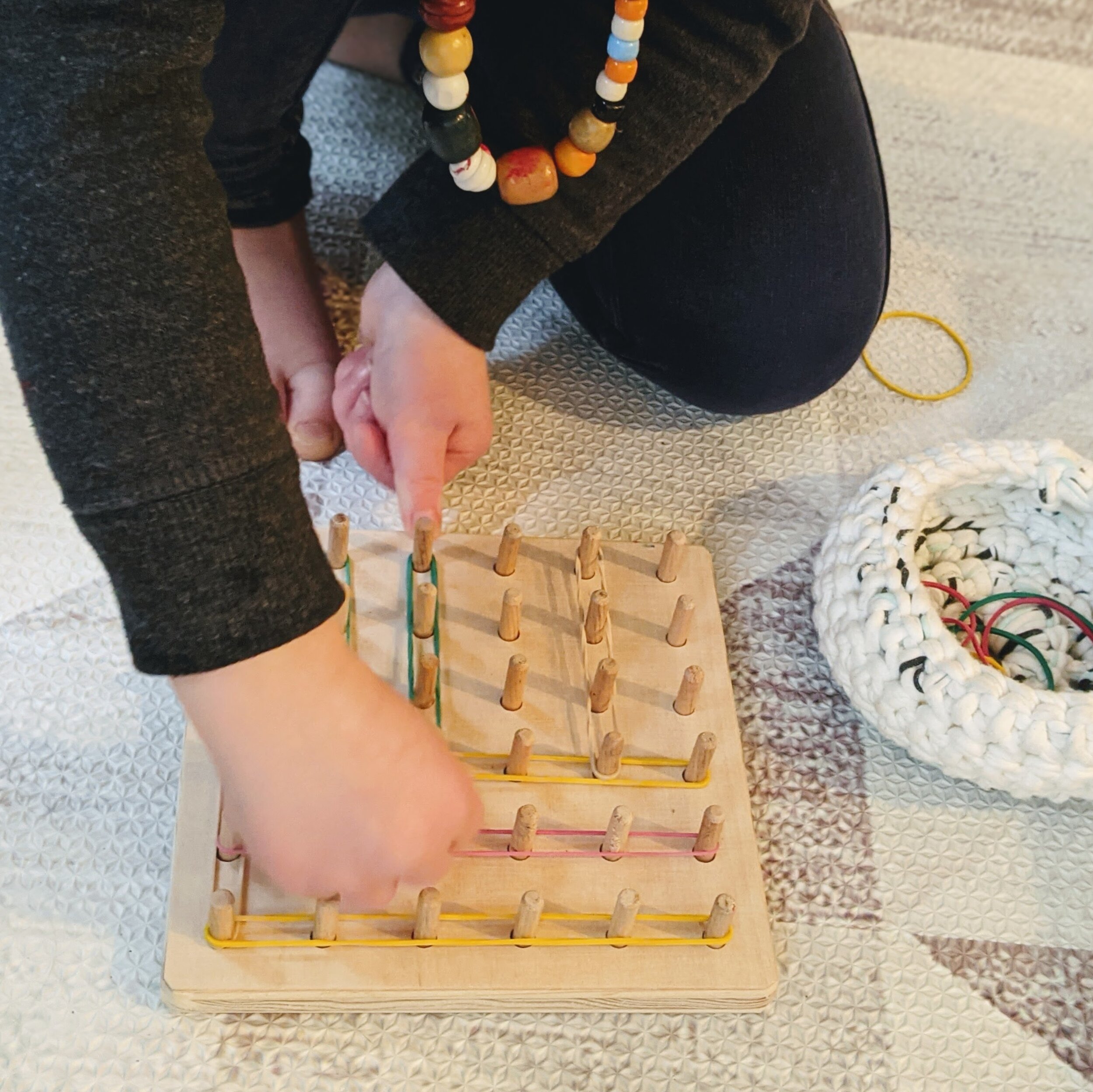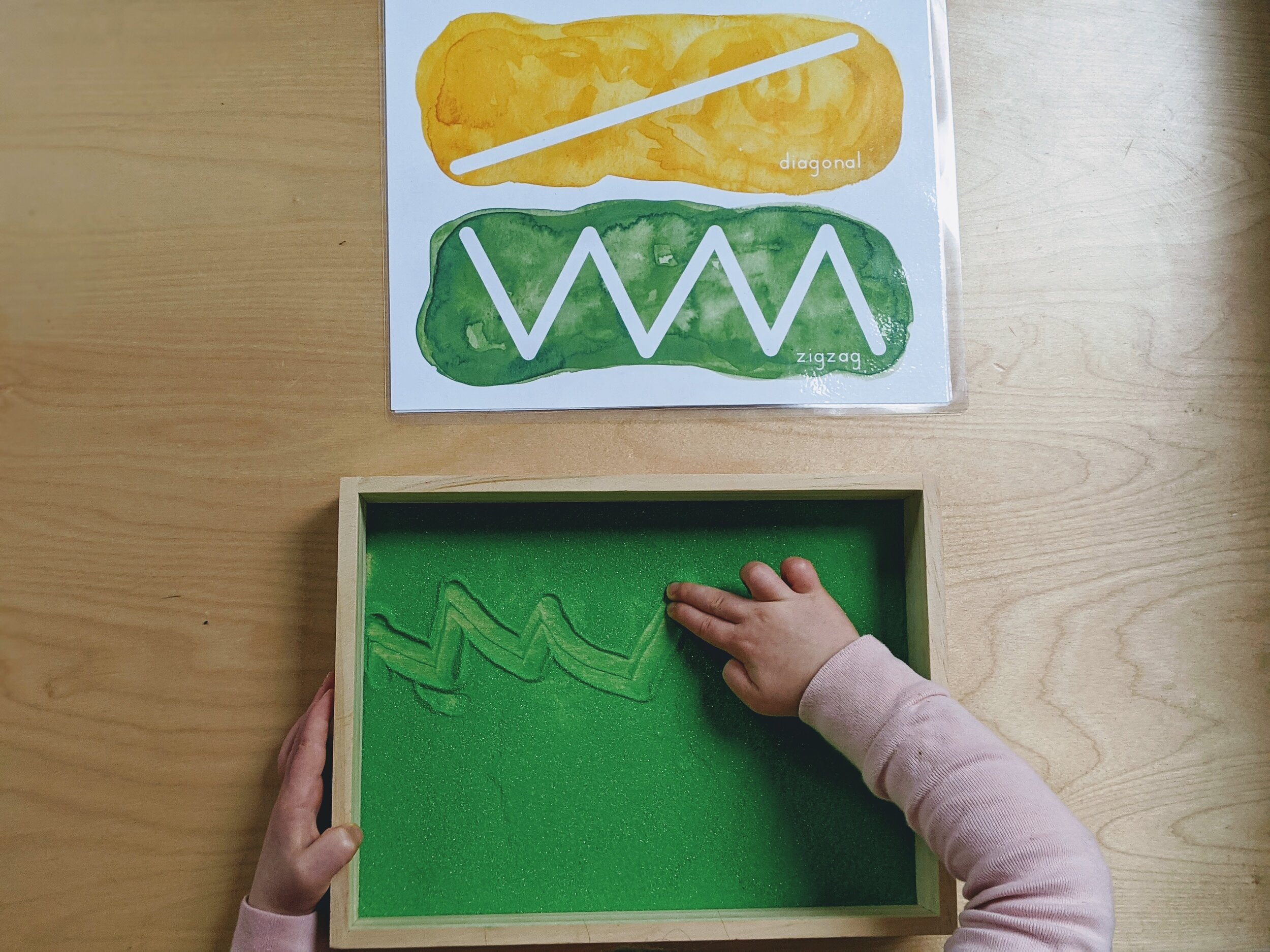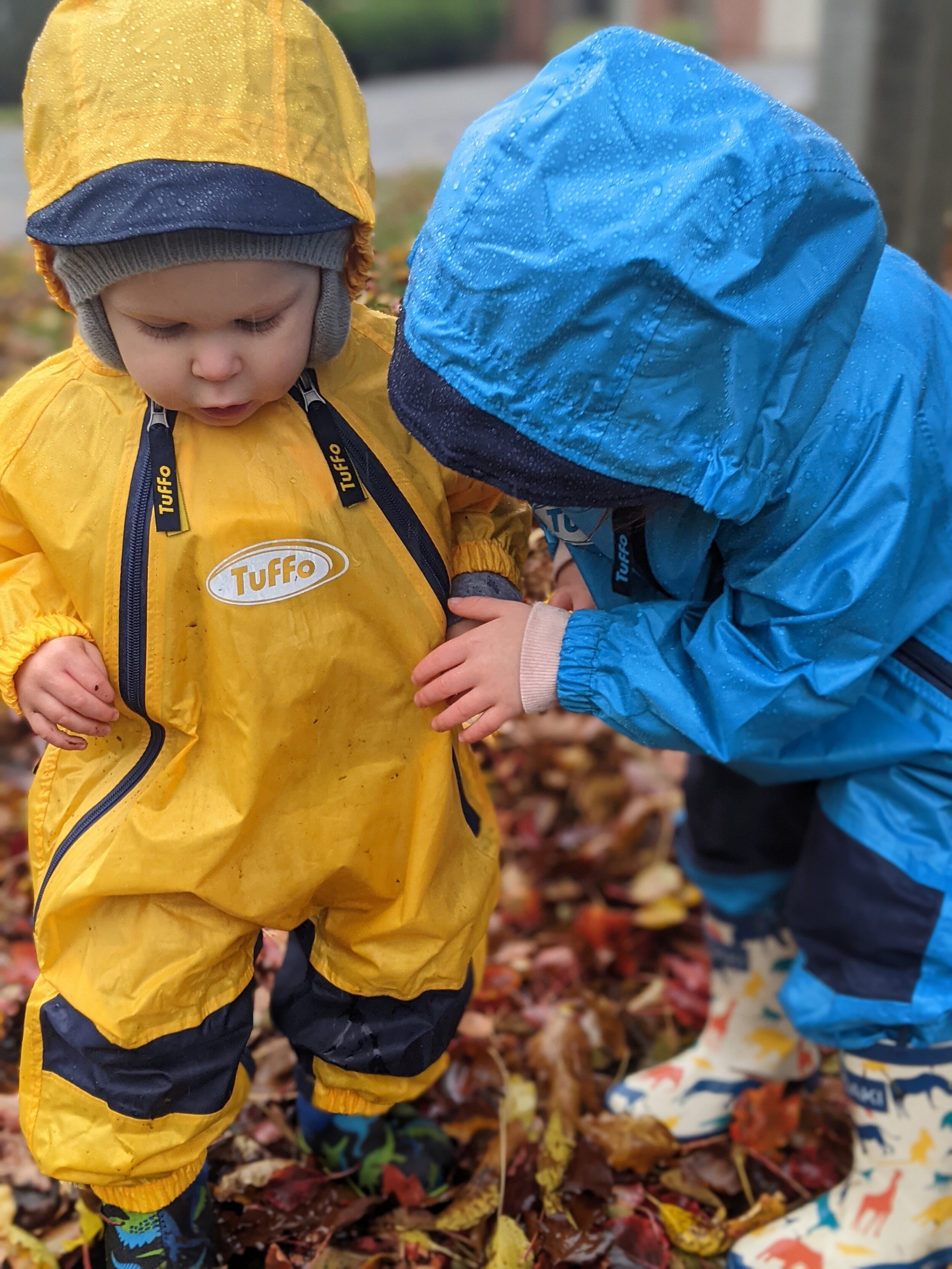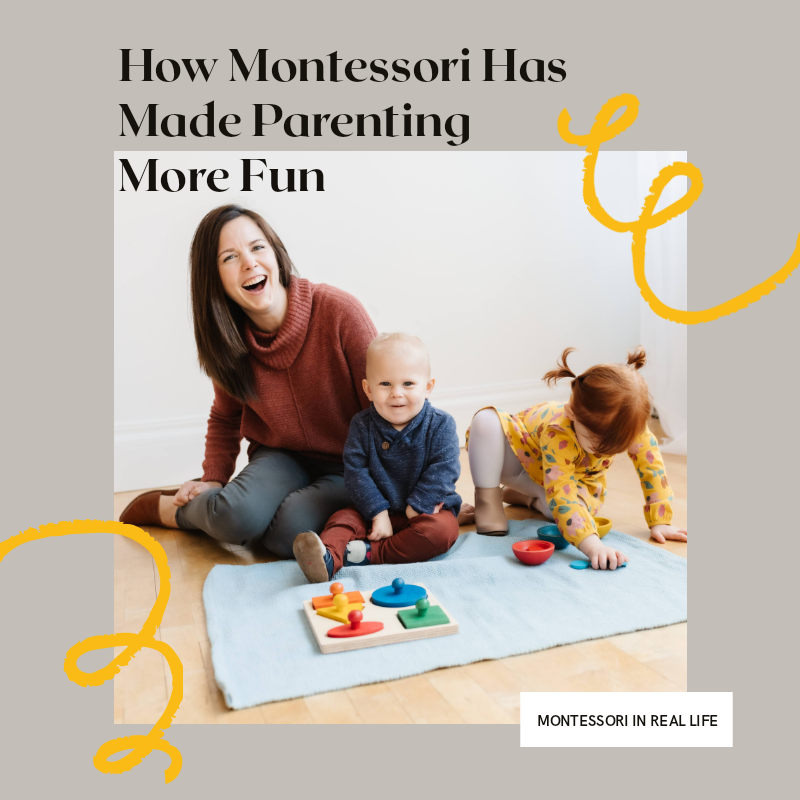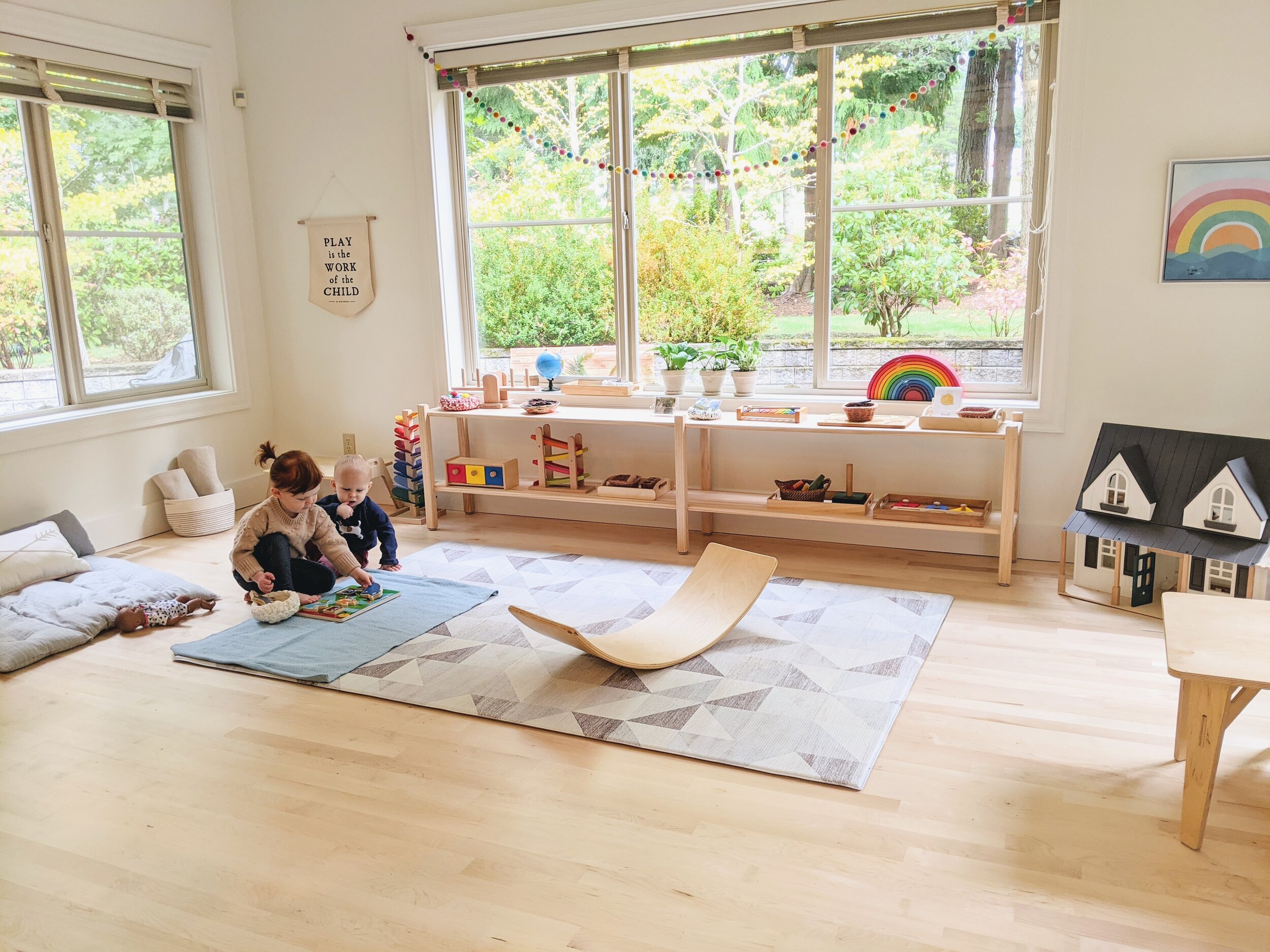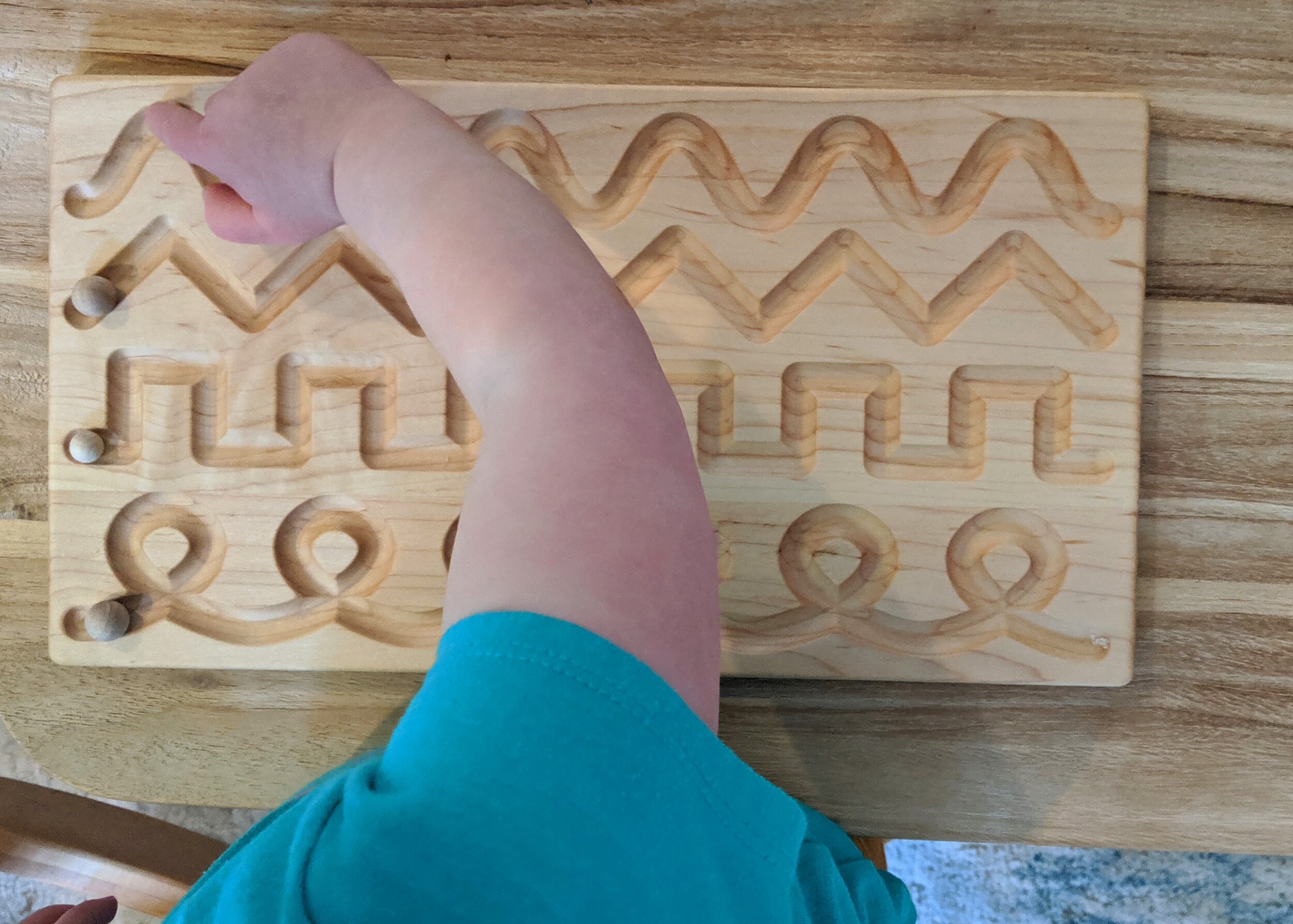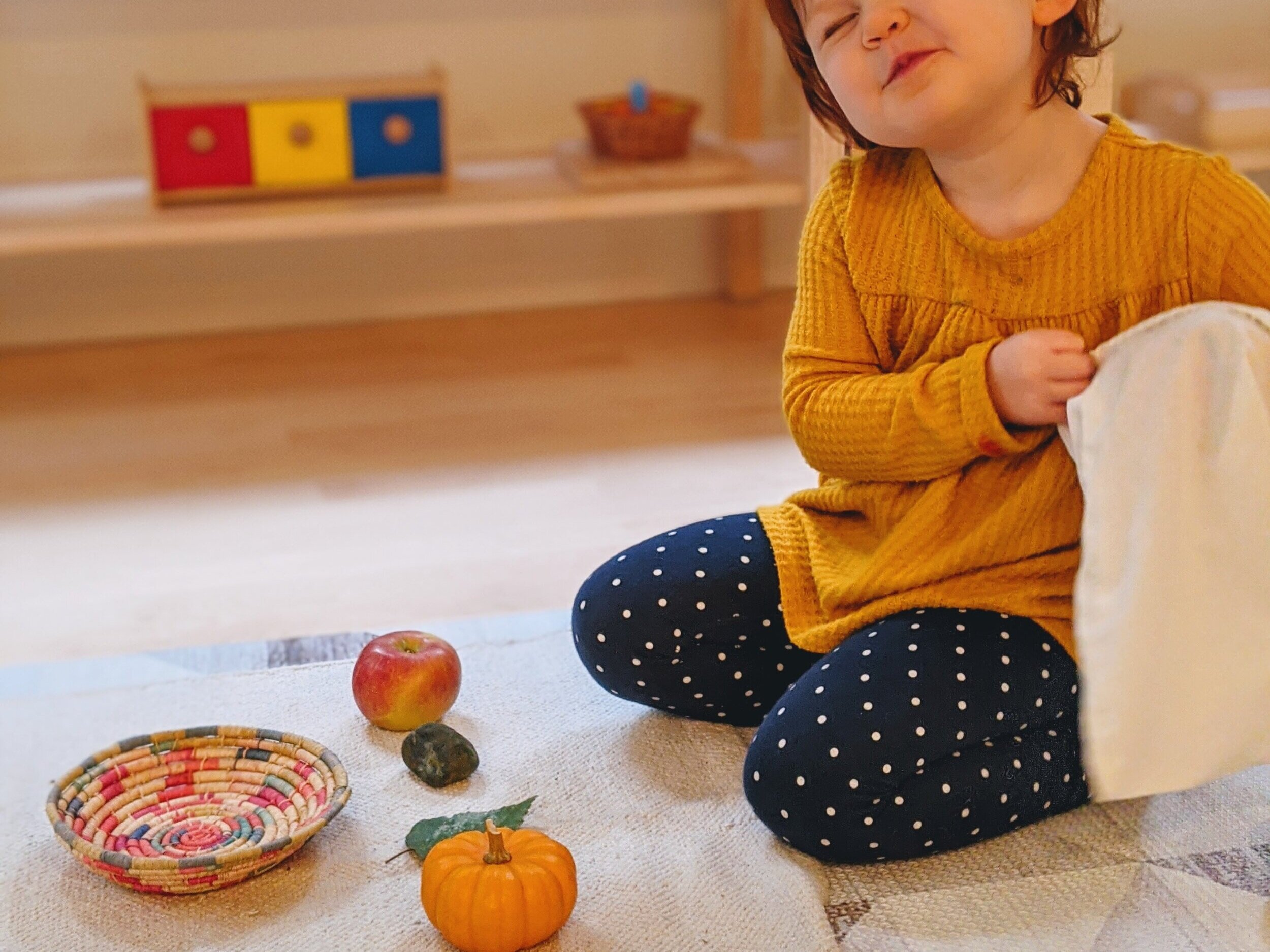The Flexible Montessorian
Montessori in Real Life
Lately I’ve been asking myself what it means to be a “Montessori family”. It’s become clear, after almost 5 years of incorporating Montessori into my own parenting, that there is no one way to be a Montessori parent. How we incorporate Montessori into our families and homes looks different for everyone, and even looks different over time within one family. Parenting, Montessori or not, requires flexibility and being open to change. Life changes, and our positions and priorities do too.
Some areas that we have changed course on over the course of parenting:
Book Choice: When we started our Montessori journey at home, almost all of our books were based in reality. This was in line with the philosophy and it made sense to me. It still does, AND we have also found equal value, and importantly joy, in books featuring talking animals. I found when purchasing books based only in reality, I was limiting the diversity of authors and stories that exist in our home. I was also limiting the free choice my kids had when browsing at the library. Now that my daughter is closer to 5, she chooses many of her own books and often they involve fantasy too. If it scares her, she asks me to stop reading, and when she has questions, I answer honestly. I have found that widening our library has only opened more doors!
Screen Time: When the kids were babies, it was easy for us to be a “screen-free family”. As they grew, and we entered into a global pandemic, our thoughts and rules on screens changed a bit. At one point, a screen became the only way to see their grandparents and D’s teacher/classmates. It also offered me a break on some very long and challenging days. Luckily with kids back in school and family visits more frequent, we don’t rely on screens as we did in Spring 2020. But we haven’t cut them out completely either. The kids get to watch about 30 minutes of shows each afternoon. This happens at the same time every day, so they know what to expect and don’t protest when it’s over. They watch on the family TV rather than tablets, so they have to agree on what to watch together. Screens in other forms such as a phone or tablet are a rarity. This is a balance that works for our family, and may look very different for another family. That’s okay!
Toys: Another gradual shift in how we do or don’t incorporate Montessori at home has been our toy purchases. Whereas classic, primary-colored Montessori materials filled our shelves in infancy and early toddlerhood, our shelves now are quite a bit more colorful and busy. As we don’t homeschool, our focus is simply on play at home. This looks like a lot of board games, puzzles, and open-ended toys, many Waldorf-inspired. Toy rotations happen, but only every couple of months rather than every couple of weeks.
Even Montessori schools can make changes and assess their curriculum based on the needs of their group of children. Our school recently made the switch from introducing cursive first to print letters first. I see sound arguments for both, and haven’t questioned their decision as I trust it was well thought out and discussed. While we started with cursive for D, it has been a rather seamless transition to learning print now at school. I am told she will work more on cursive writing in her kindergarten year. I appreciated the school’s willingness to adapt to current times or needs, and it served as a reminder that we can all do the same.
At the end of the day, more of how we “do Montessori” remains the same. We apply Maria Montessori’s philosophy in our home in so many ways: how we talk to our children with respect, invite them in our day to day tasks, give them time and space to freely explore their interests, seek out real world experiences, and set up an environment to grow in independence and confidence. Rather than let the Montessori philosophy dictate our choices, we let it influence our life instead.
